Infinite Undiscovery is one of the few JRPGs exclusives to hit the Xbox 360. Developed by Tri-Ace, veterans who have long since established their place in the RPG genre with the Star Ocean series, Valkyrie Profile and Radiata Stories, and published by industry recognized Square-Enix, Infinite Undiscovery consummates Tri-Ace’s efforts to take their first steps into the next generation of gaming. With up to 17 characters to recruit, and sometimes having as many as 8 party members battling together on screen in real-time, is this highly ambitious JRPG worth undiscovering? Or does this adventure fall short of infinity?
Infinite Undiscovery
Developer: tri-ACE
Platform: Xbox 360 (reviewed)
You take on the role of Capell, an orphan child with seemingly no redeemable qualities other than his ability to play a flute, who is captured and locked away by reason of mistaken identity with the one they call Sigmund the Liberator. Pardon me as I digress, but if any of you have actually watched some of the trailers on the net, this is quite amazing considering how different they sound. You’d think these people would be able to distinguish between a man who sounds 16 with a man who sounds like he’s 30, not to mention their hairstyles are also quite different. I suppose the reason for such an insane voice miscast explains itself to a certain degree as the plot unfolds, but I’ll leave this review primarily spoiler free. So anyway, the world is in ruin. Humanity has thrived by harnessing the power of the moon, but the one known as Leonid, the Dreadknight, has sought to enslave it with chains which has consequently put the world in quite some distress. Entire cities have been plagued with calamity and ruin, hunger and disease; these are not good days for humanity. Sigmund leads a resistance group that crusades to liberate the moon from its chains and to bring order back to the world by defeating Leonid and his devious Order of Chains.
Sounds fairly simple, yes? The story progresses linearly, as one might expect from a JRPG, and Capell continually finds himself involved with the affairs of Sigmund and the resistance group. I suppose looking like a Resistance leader has its disadvantages, but how long did it take before people started to notice their spanking resemblance? Although the story does not break too many conventional boundaries and probably won’t surprise the hell out of you after all is said and done, Infinite Undiscovery’s plot finds its charm in the way it is delivered, rather than in the way it was constructed. Over the span of two discs, the main story is relentlessly pushed forward with very few detours. Of course there are sidequests to complete if you’ve the time and the motivation, but because the rewards are fairly trivial and the actual quests themselves lack substance and give no sense of fulfillment after you complete them, it is very easy to remain focused on the main story where things really do matter.
In regards to the way the story progressed, Infinite Undiscovery sticks to the important points and reaches its climatic conclusion in a concise and comprehensive matter. For those who hate excessive divergences from the main plot, this might not be such a horrible method. However, I believe this approach to be one of the biggest mistakes Tri-Ace has made with the game. Due to the large number of characters Capell encounters and recruits over the course of the game, very little time was spent developing a large majority of them due to the pace that the game was going at. Capell, Aya and Edward were the only ones who received considerable attention and changed significantly throughout the game as a result (Capell having not one, but two dramatic changes before the end of the game). If the game were focused solely on these three characters alongside Sigmund, then I’d have no issue. But the amount of effort invested in developing Capell, Aya and Edward in comparison to the rest of the cast was so sourly imbalanced that it hurt the story’s integrity unnecessarily. Many of them felt like simple tools for you to use to assist you in battle, and I actually forgot many of their names on several occasions when some of them appeared in a cutscene after a long absence. As a result, it’s hard to empathize with any of them when they do begin to tell a little about themselves, and much easier to treat them as filler and scratch your head at times wondering why they’re still talking. They say “the more the merrier”, but this is one party where less is best.
The game also encourages you to continually upgrade each character with new weapons and armor to make sure they won’t get massacred when you’re forced to use more than one party in a particular dungeon. But because the story doesn’t incline you to care about the majority of them and because it’s seemingly impossible to have enough money to upgrade all of them when you reach the next big town, I, quite frankly, stuck to just a handful of cast members to upgrade as I played, and let the rest of them just remain hidden and forgotten in the depths of my menus.
But still, the characterization in this game (where it did happen) deserves to be praised. Capell is such a dynamic character, changing substantially as the game goes on in both what he believes in and what he fights for. He also has many noticeable flaws that Tri-Ace made no effort to hide, but coming upon these flaws only helped to reinforce to the player that Capell is an ordinary boy faced with extraordinary responsibilities, with very little time to understand them, and even less to fulfill them. If you’re only interested in Capell’s story, and his perspective of the events that unfold, then the lack of character development of the other cast members might not be such a terrible loss as the game’s pace seems to cater primarily to Capell’s understanding of things as he comes upon them.
My first play-through of the game took roughly about 20 hours to complete, but while to many of you that might seem a lot shorter than usual, bear in mind two things. First, because the game tends to generally stick to the main plot and rarely goes off tangent, those 20 hours can feel a whole lot longer, or at least, they feel like a good 20 hours spent. Second, Tri-Ace is known to offer what some call a “post-game madness” which usually comes in the form of a high-level, multi-floored dungeon grinder. Infinite Undiscovery delivers in this regard with the Seraphic Gate, a multi-pathed, world-warping dungeon which becomes available to the player once they travel back to Kolton after beating the game. This dungeon houses some of the best weaponry in the game and some extra-cool-looking bosses to tackle, which to hardcore level grinder is a much welcomed addition to post-game gameplay. So if you’re looking for a thoroughly complex 30+ hour story to play through, then prepare for some disappointment. However, if you’re a long-time Tri-Ace fan and simply adore their level-grinding dungeons and dishing out ridiculous amounts of damage, Infinite Undiscovery is certainly a follower of this tradition.
The gameplay of Infinite Undiscovery is still very typically Tri-Ace, a real-time battle system that allows you to string combos together with the careful pressing and holding of buttons in timed succession. Comparatively, Infinite Undiscovery is most like Star Ocean 3: Till The End of Time, but follows a seamless map-to-battle transition like Kingdom Hearts and Final Fantasy XII. There are some challenges that are unique to Infinite Undiscovery, however. Firstly, there is no block button. You have only a Parry technique which can be executed by pressing the LT, which lasts for about a moment’s time. While this is also true for Kingdom Hearts with the “Guard” ability, the timing for the Parry attack in Undiscovery is incredibly unreasonable in comparison. You must press the LT just before the enemy makes contact with you in order for it to work. Any split-second earlier or later is unacceptable. This wouldn’t be too much of a problem if every single enemy attacked in the same manner, but this isn’t the case. From giant ants to ogres to large birds, every single enemy has their own attack animation that you need to get used to in order to predict the right moment to Parry, and in most cases multiple enemies will be striking at you at the same time. It’s absurd. So in most cases, it is better to simply dodge enemy attacks by running away, but there are some key battles where parrying is almost essential to win (or at least, it makes battles a whole lot easier). Seeing as there is no block button, and because the Parry system is generally unreliable, getting hit, taking damage and getting thrown around by enemies is a common and almost inevitable circumstance. Thankfully your healing AIs (Rucha, Melanie and Eugene for example) are typically very good at keeping your HP up (especially a lot later) so this isn’t much of a problem. Overall, fighting battles can be very addictive, especially when you take the time to experiment with different technique combinations. And this inevitability of taking damage and getting thrown to the ground helps prevent the game from becoming primarily a button-masher, but it might’ve helped to include more techniques to keep the battles from becoming dry too quickly.
Graphically, Infinite Undiscovery delivers some pretty visuals. The most prominent of these were the character designs. It amuses that almost everyone in Infinite Undiscovery is unreasonably good looking (save for Brawny Balbagan and Gustav the Unicorn Bear). In fact, the amount of detail that Tri-Ace spent on the characters only made the inferior graphic prowess of the environments all the more obvious. While it didn’t take away from the gaming experience, there remained a distinct difference in quality between the two with generic backdrops, few textures on the landscapes and hardly any detail with the greenery and rubble that scatter the ground Capell and co. trek. But this isn’t the end to the list of other aesthetic problems that Infinite Undiscovery faces. There are severe frame rate issues that occur whenever there are a large number of enemies around and all your characters are using special attacks in unison. This doesn’t make the game unplayable by any means, as the slowdowns don’t reach the point where you become disoriented with your button presses, but it does beg the question as to whether or not Tri-Ace was aware of such an obvious issue, and whether or not they meant to keep it that way.
Lip-syncs are also horrible beyond belief, especially in this day and age where so many other titles have already raised the bar. I don’t know if this is due to all localizations being done at the same time and thus hampered the amount of time allocated to quality-checking, but it’s a glaring flaw that you can’t help but cringe at if you’ve turned off subtitles and are focused completely on the their faces. Perhaps that’s why the subtitles themselves are so small, as it lessens your ability to see their lips move along your periphery. The laughable accuracy of both the timing and translations of some of the dialogue (although I admit the translations may only be noticeable to people who understand commonly used Japanese phrases) also greatly affects scenes that are of high intensity, and is unfortunate when one considers how emotionally-driven the story is at its core. To add yet again to this list of tears, the characters in the North American version are generally voiced by a plethora of remedial voice talent, recorded and produced by first timers New Generation Pictures, who hired a lot of “new talent” to voice many of the characters within the game. Thankfully, Jason Liebrecht and Caitlin Glass (the voice actors of Capell and Aya) are at least decent in their deliveries, making the overall mediocrity of the voice work easier to swallow. The quality of the Japanese voice overs far surpasses its North American counterpart, but unfortunately there is no dual-language option in sight. Perhaps one day Tri-Ace will include it as DLC in the near future, but for now, this possibility is without confirmation.
Overall, Infinite Undiscovery is not the most revolutionary JRPG to grace the new generation, nor does it break new boundaries in the genre, and it is obvious that Tri-Ace did not take enough care with its localizations to give a experience that is equal to its Japanese version, but it’s certainly a title that has a place on the 360, where JRPGs are now beginning to see a boom in popularity. If you’re a diehard JRPG fan, this game is certainly one worth adding to your collection, but if you’re new to the genre and are simply looking for the best, consider renting as this title is hardly a good representation.
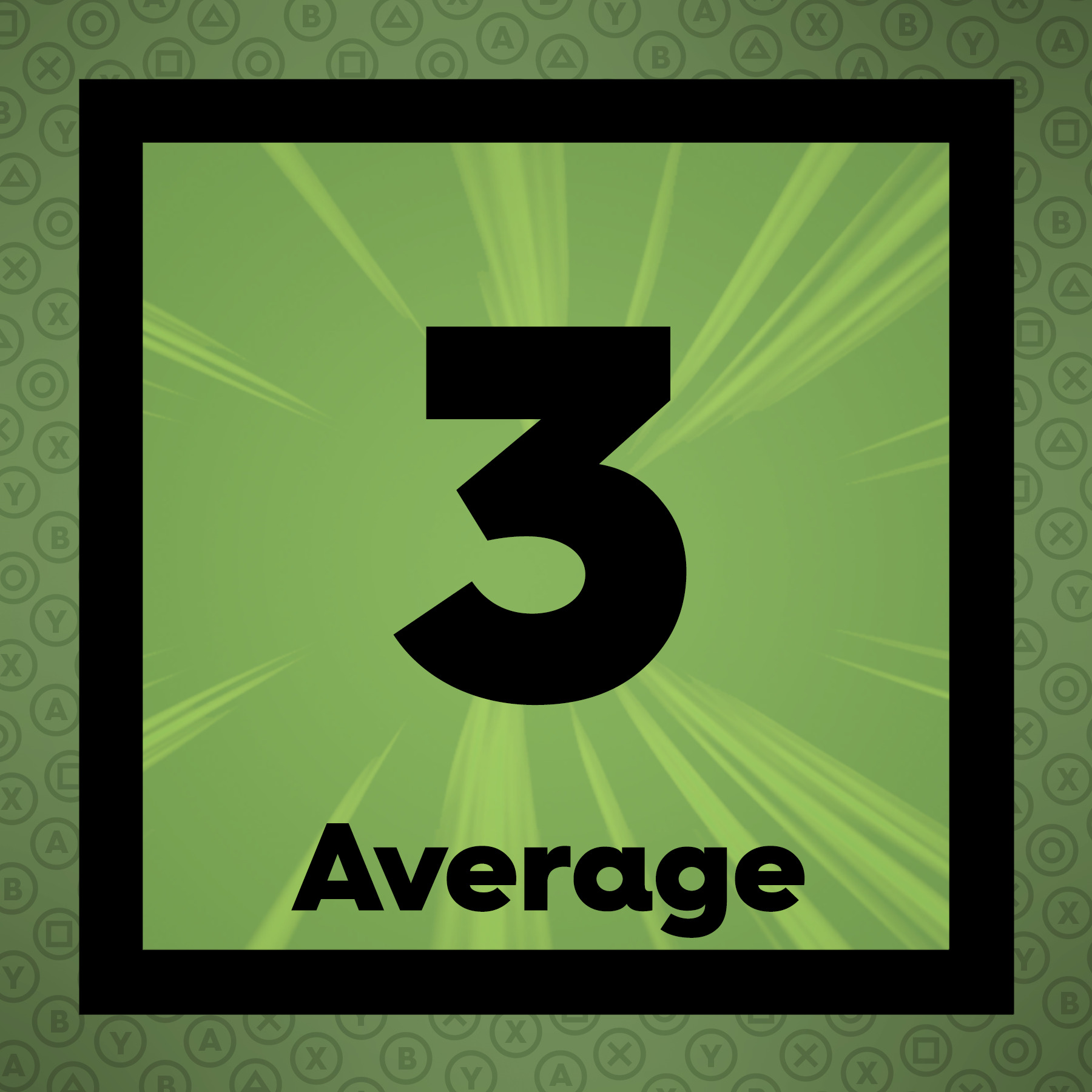 The Final Word
The Final Word
Infinite Undiscovery tackles the genre with a story that unfailingly pulls at the heart strings that certainly makes it an enjoyable experience, but its distinct flaws testify to a Tri-Ace project that bit off a little more than it can chew.
– MonsterVine Rating: 3 out of 5 – Average

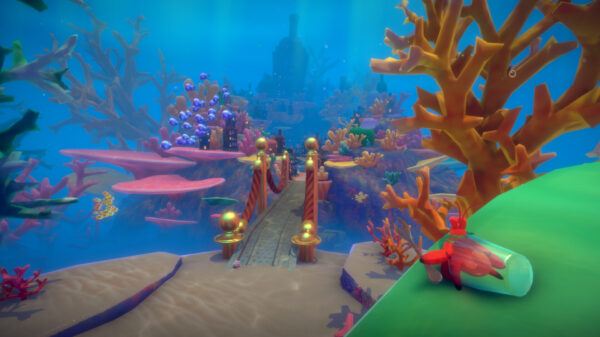
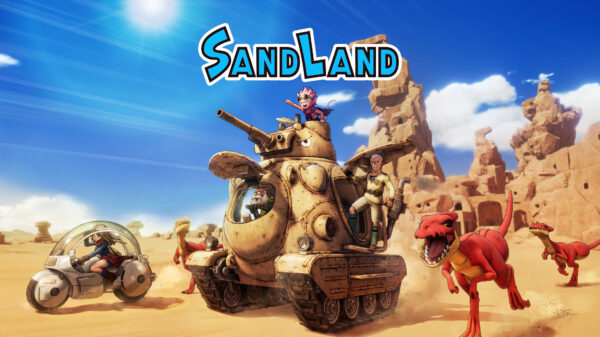
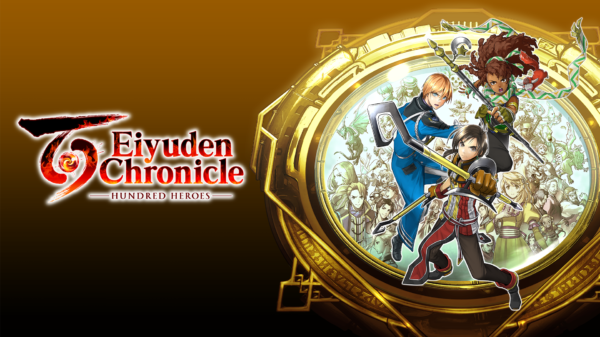
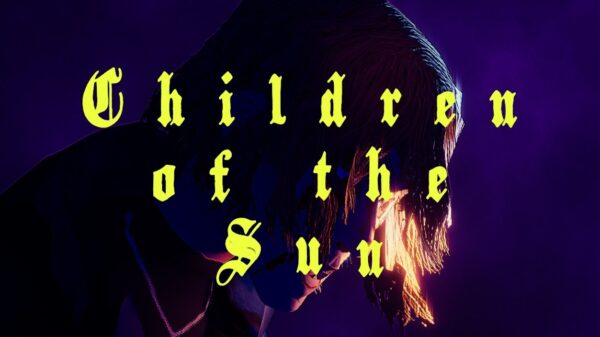
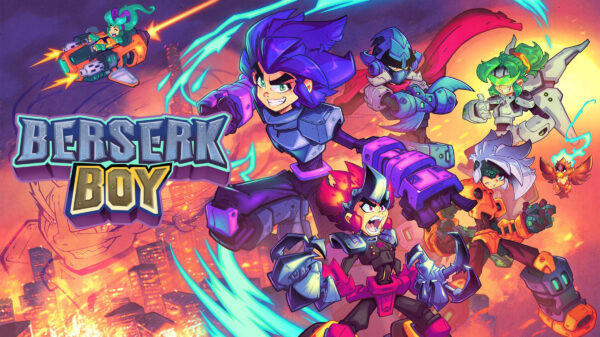
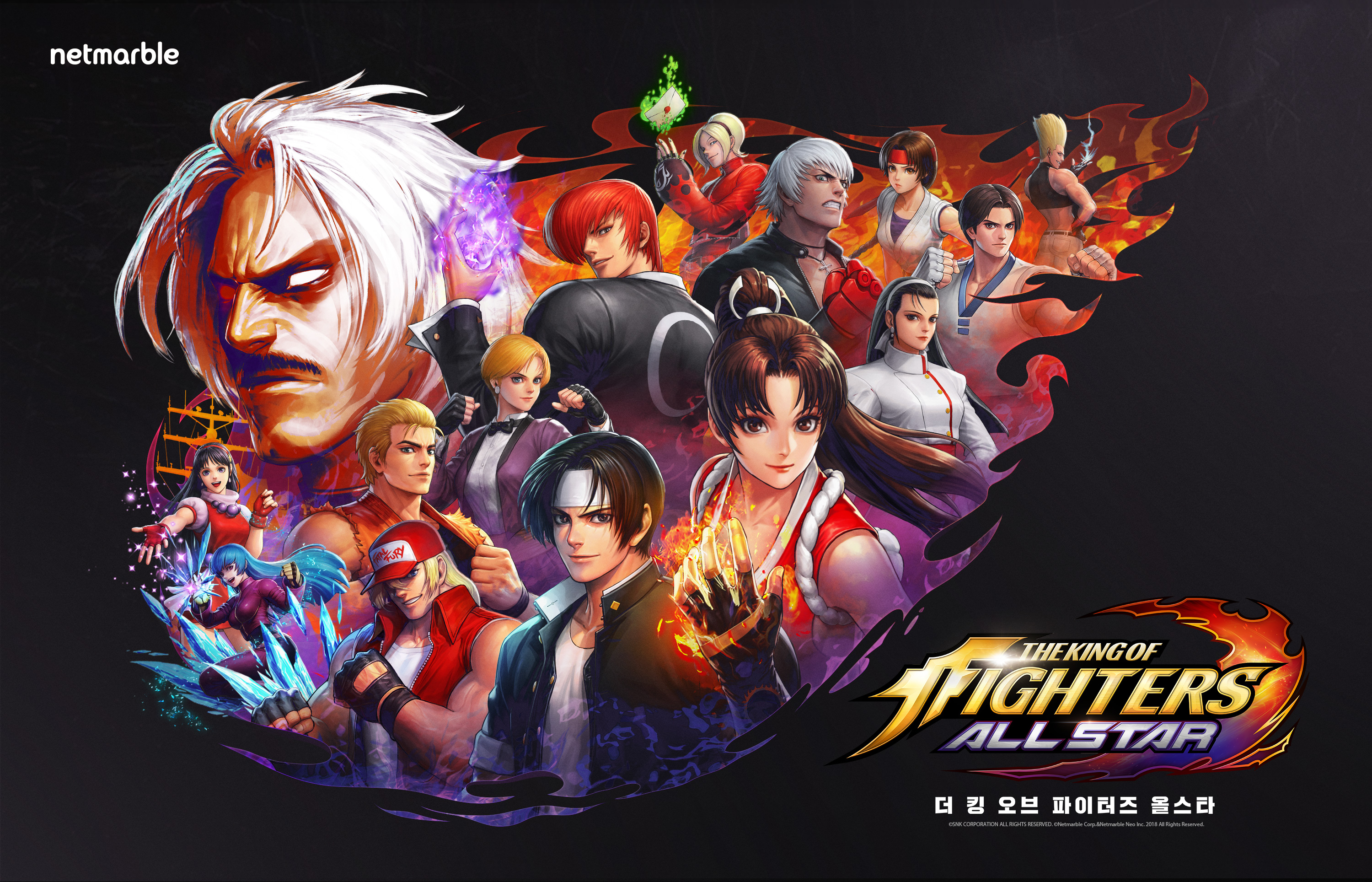
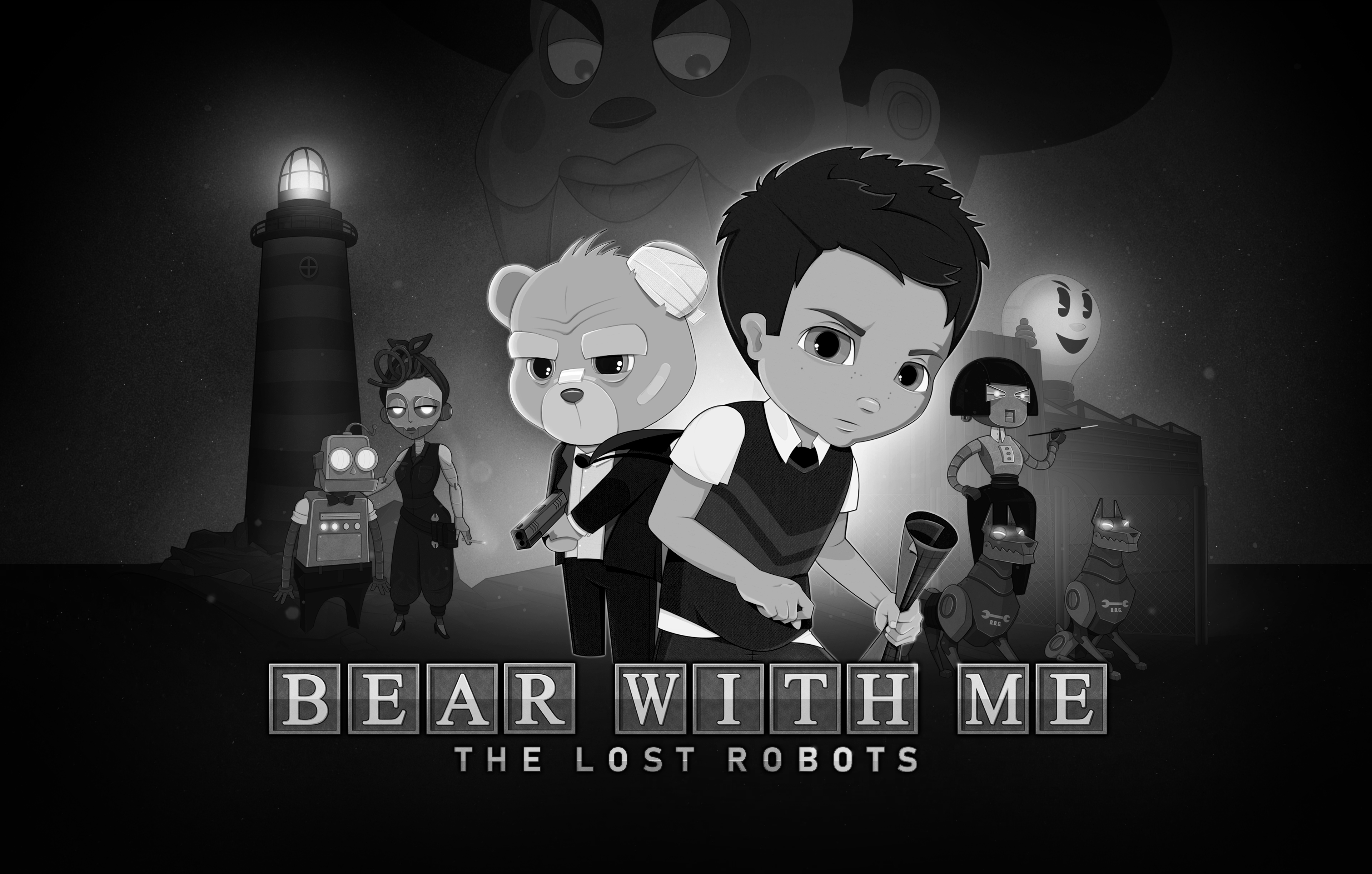
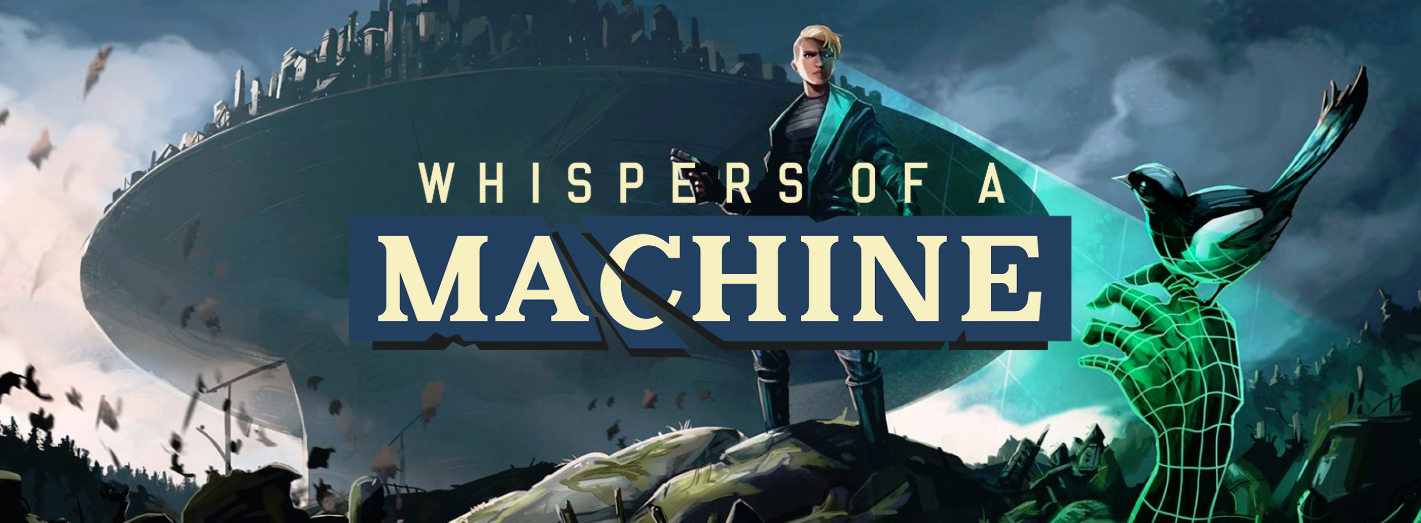
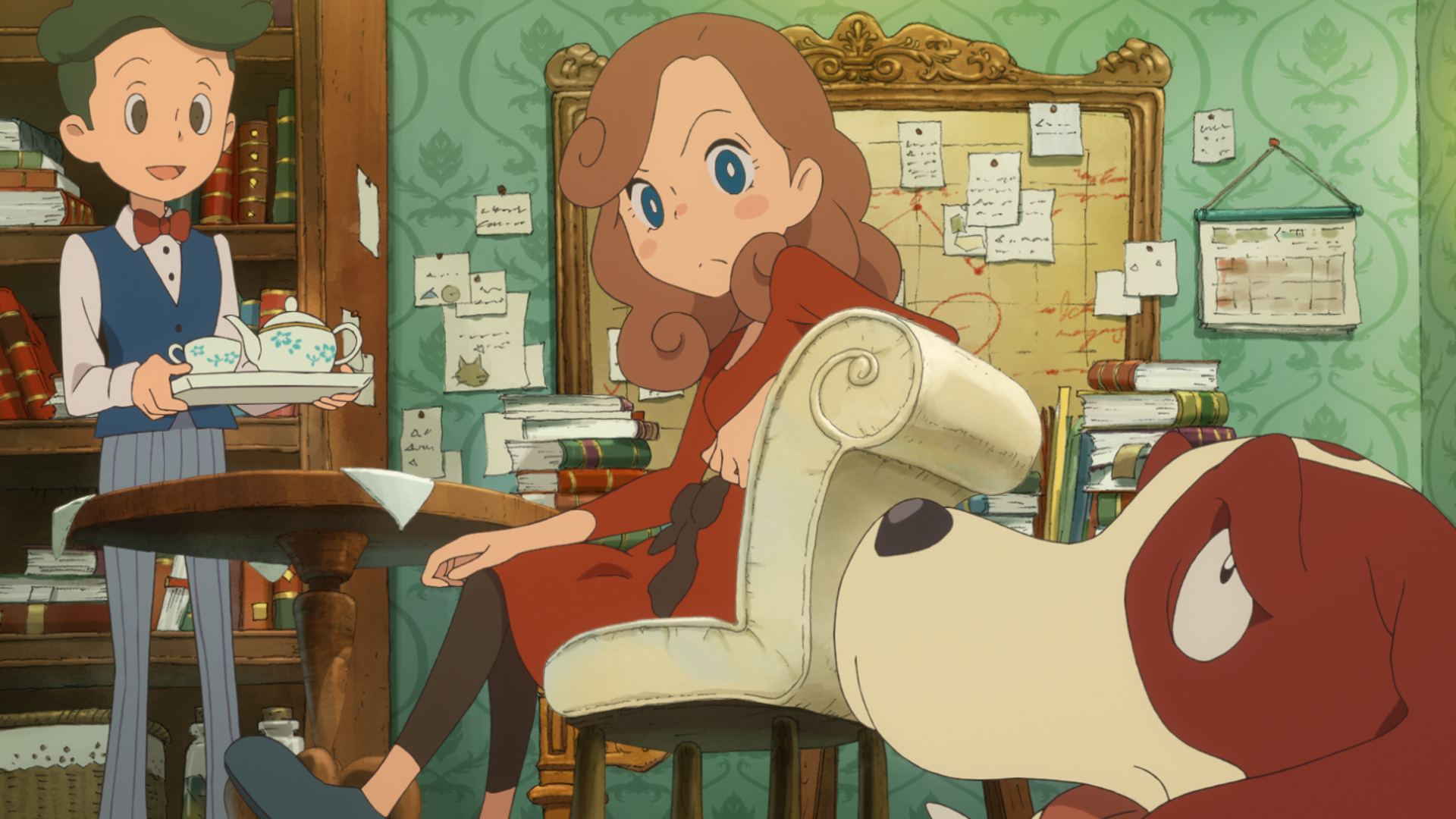
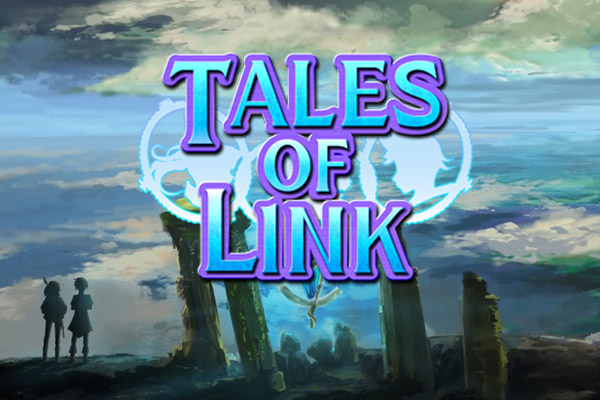
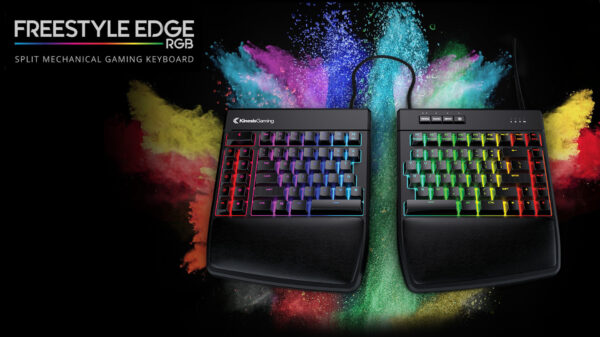
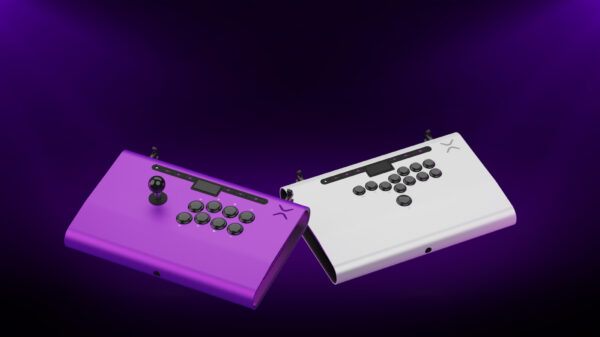
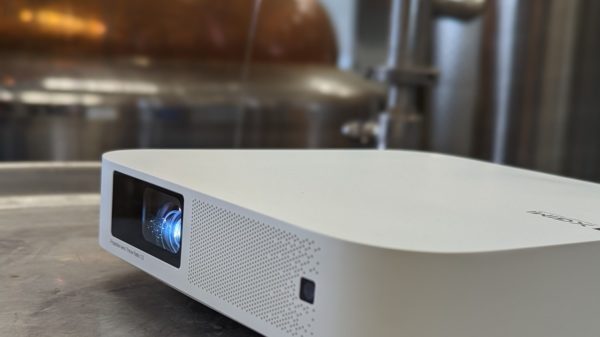
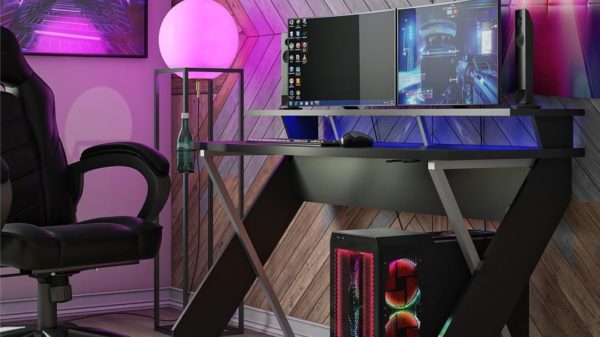


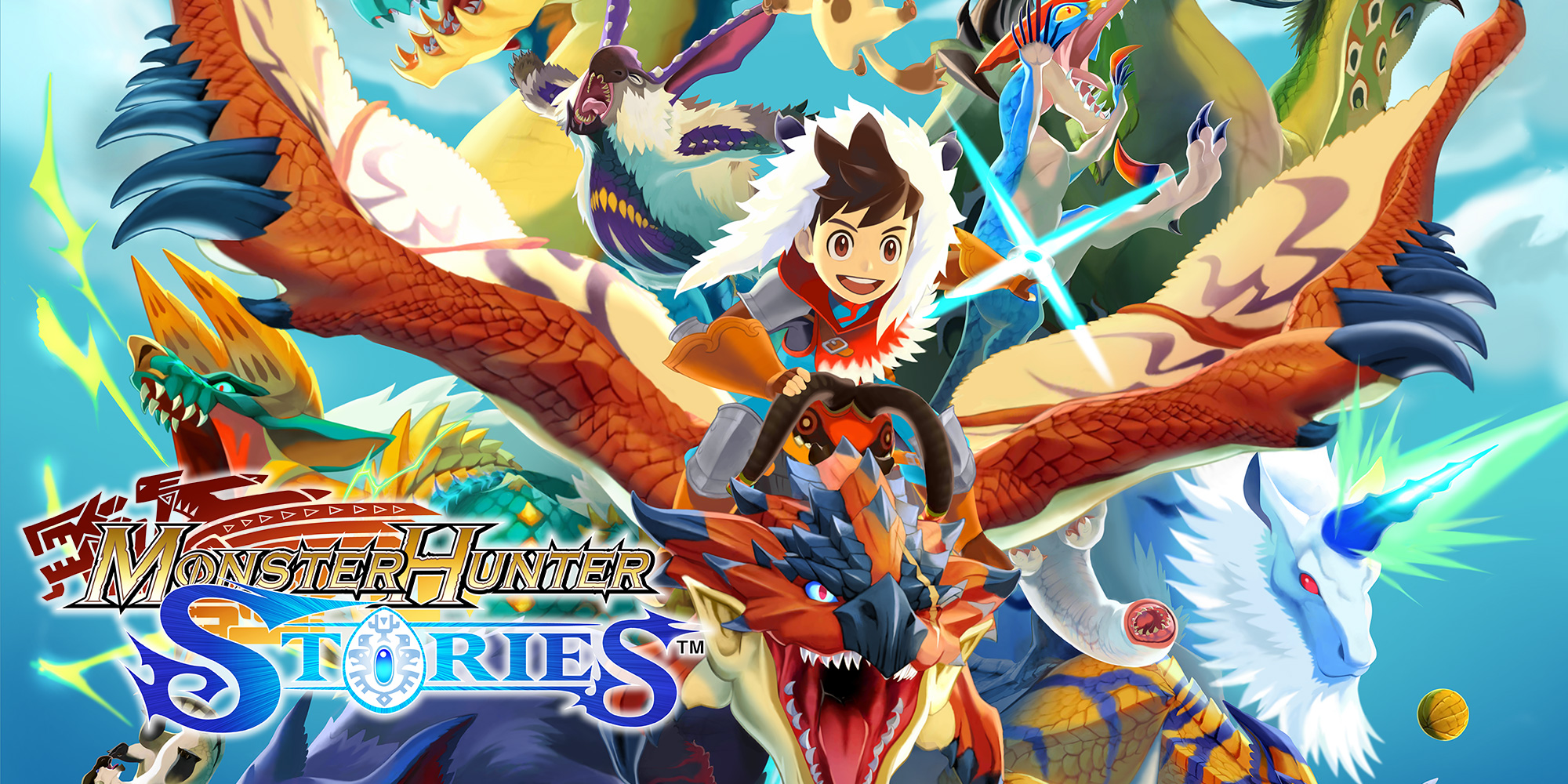
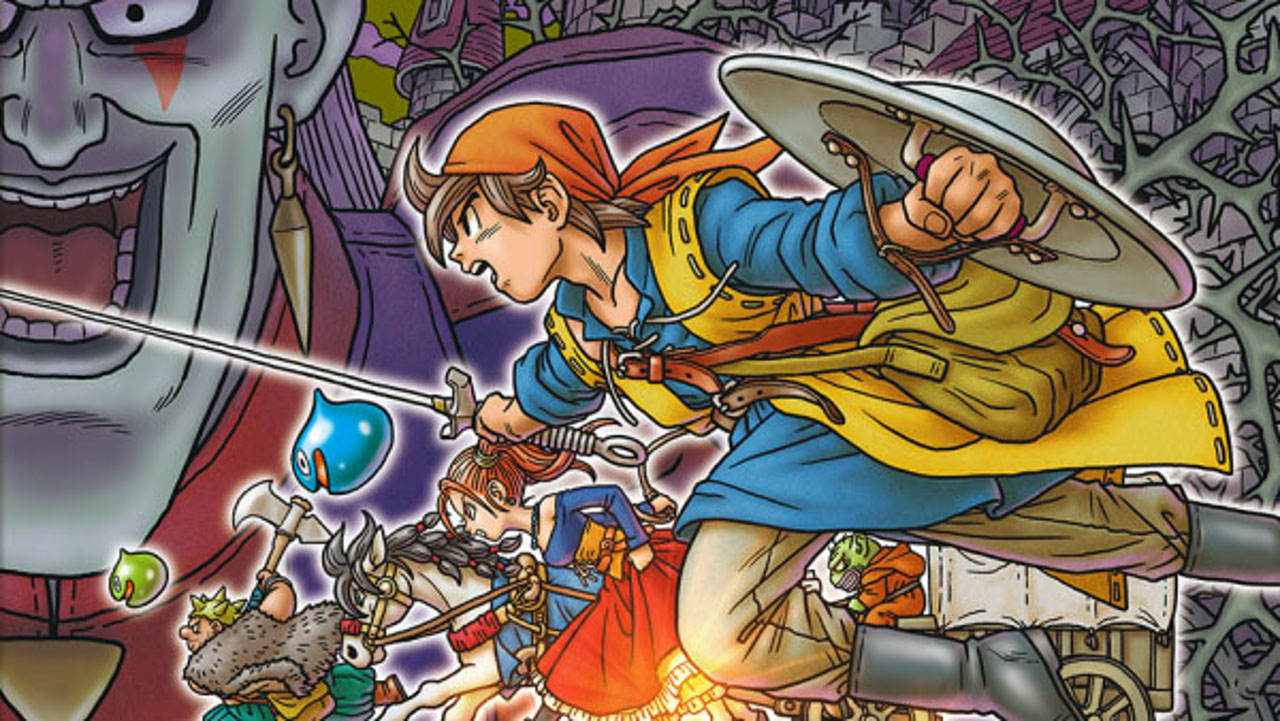
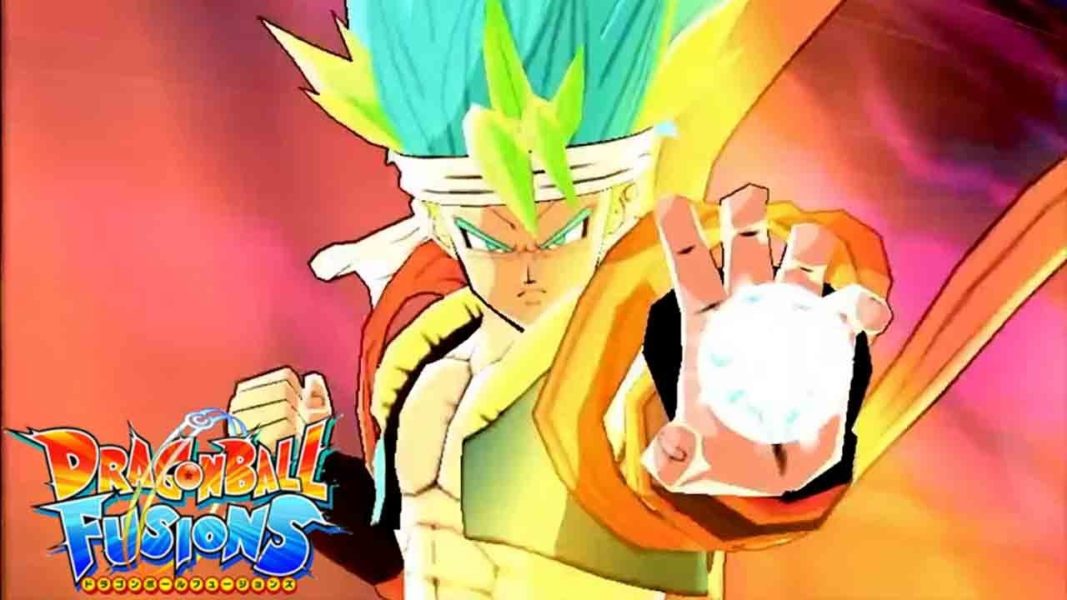

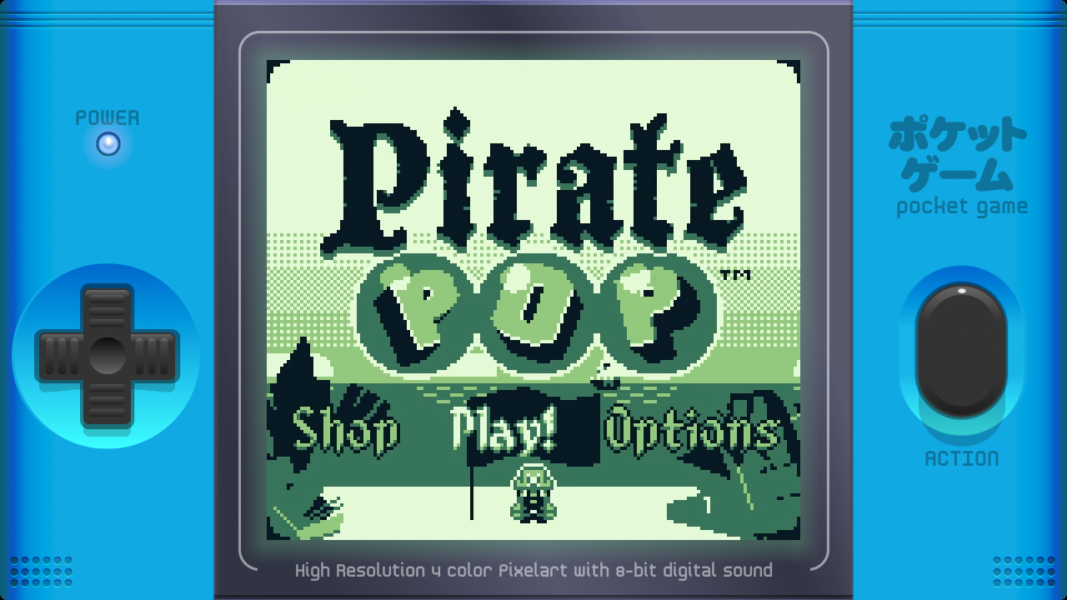
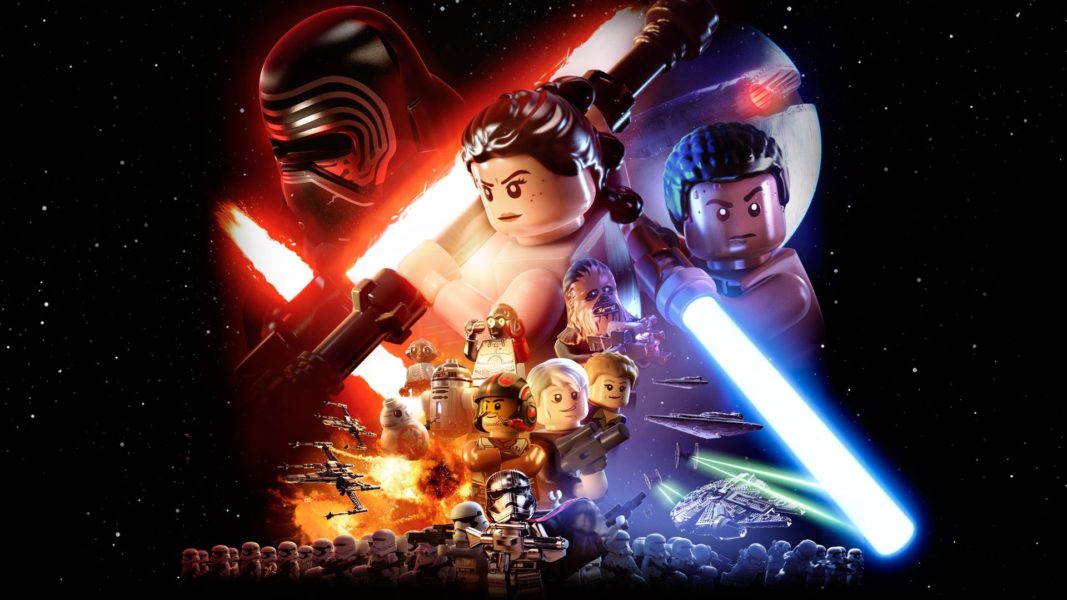


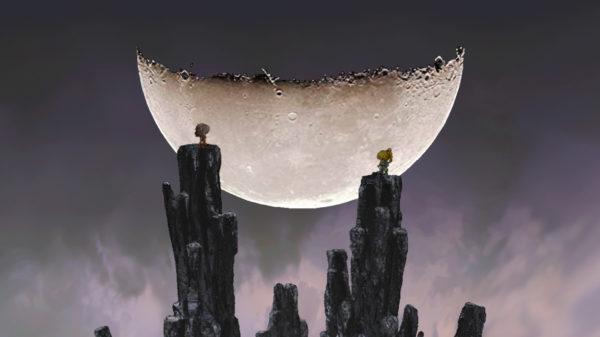
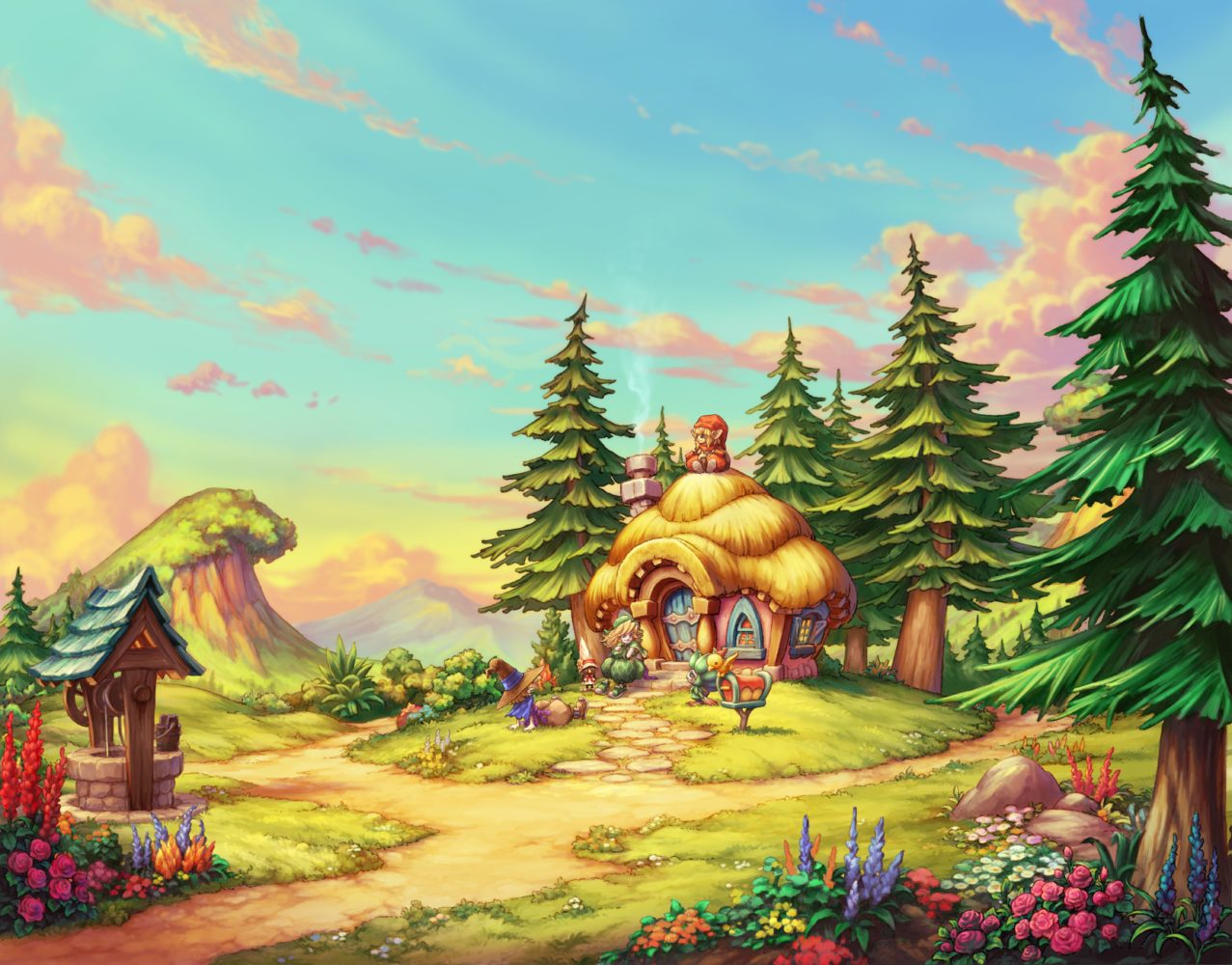

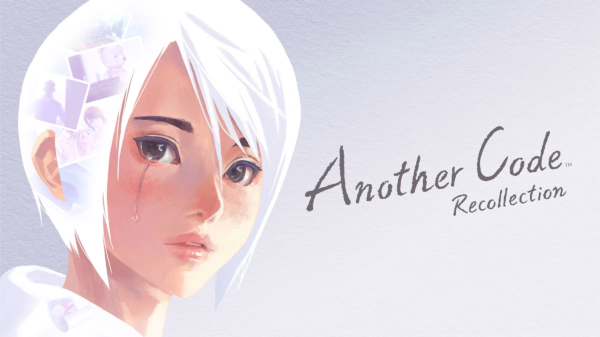
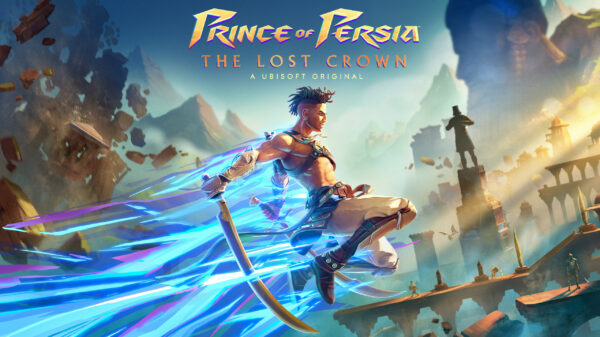
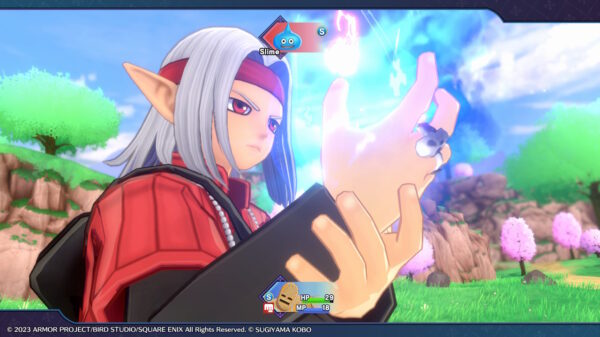
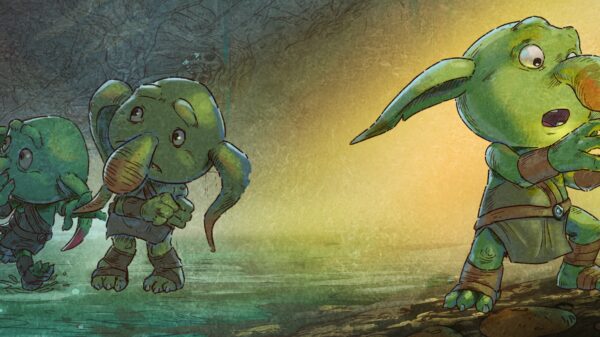
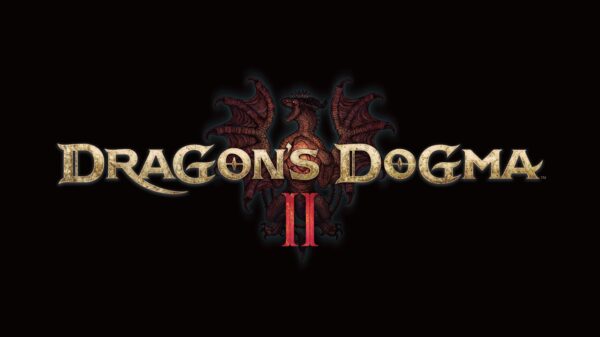
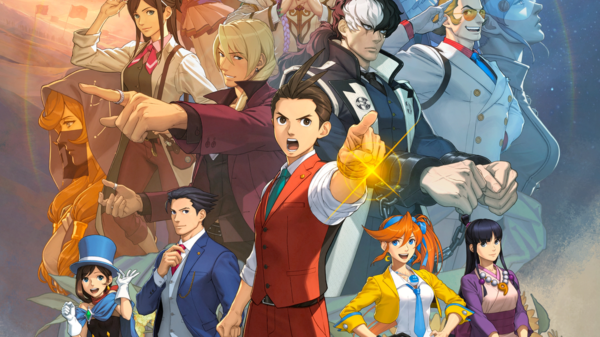
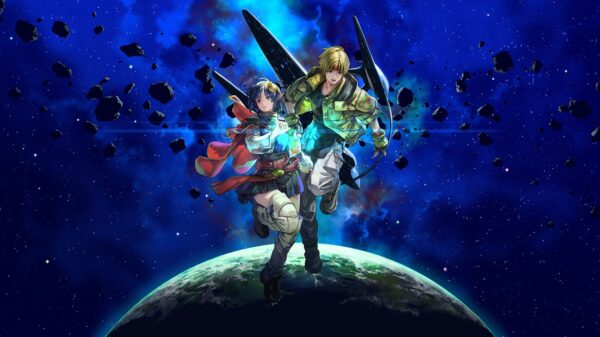
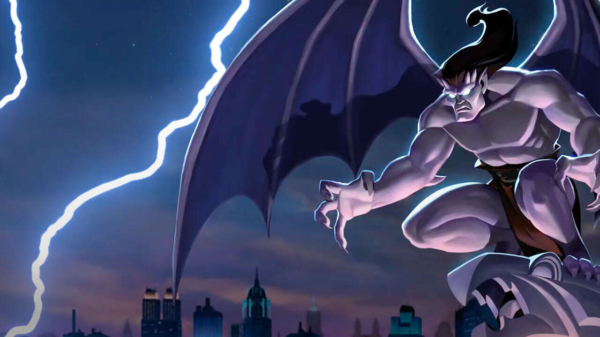
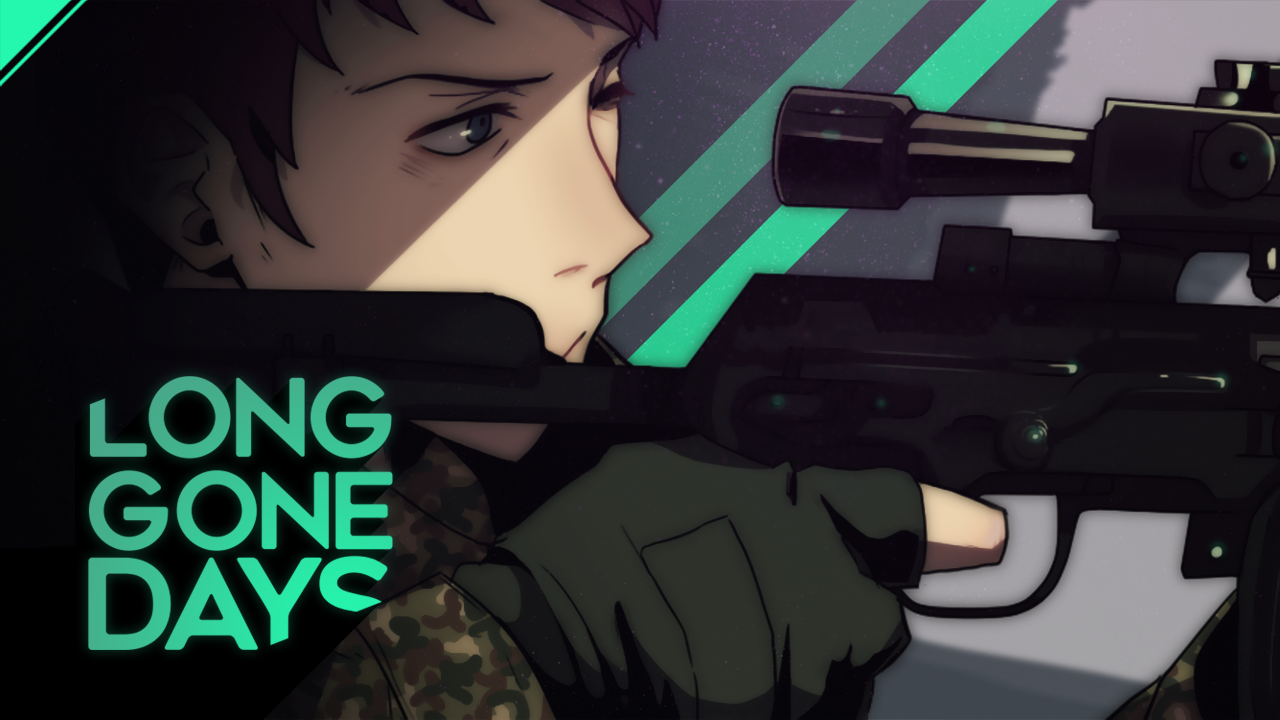
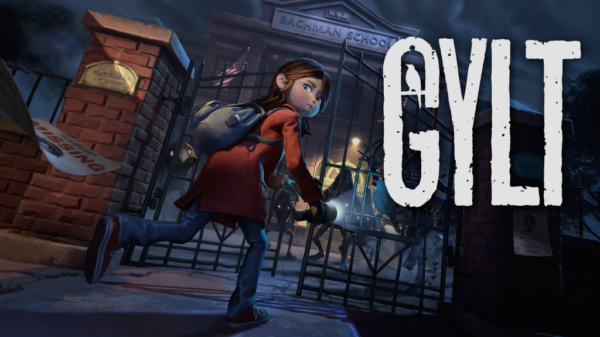
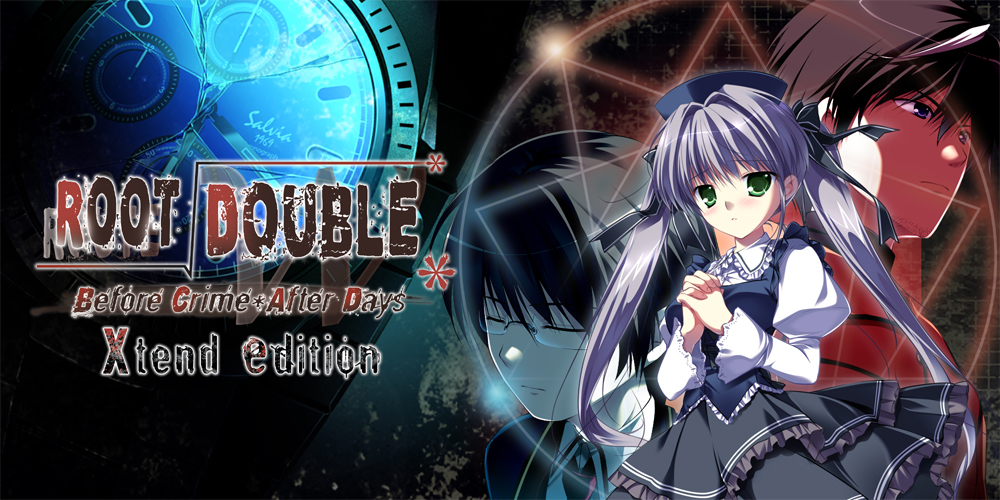
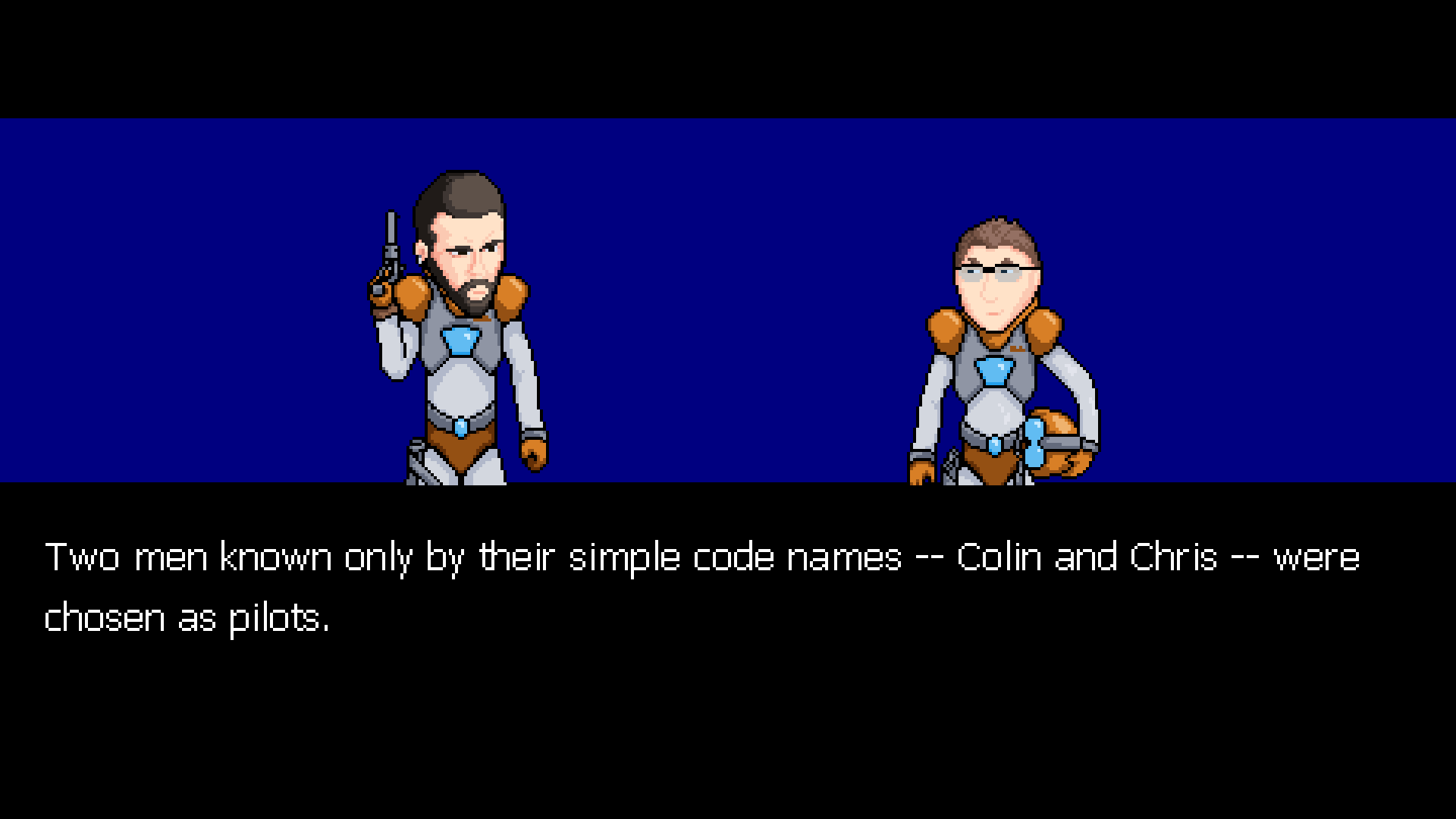
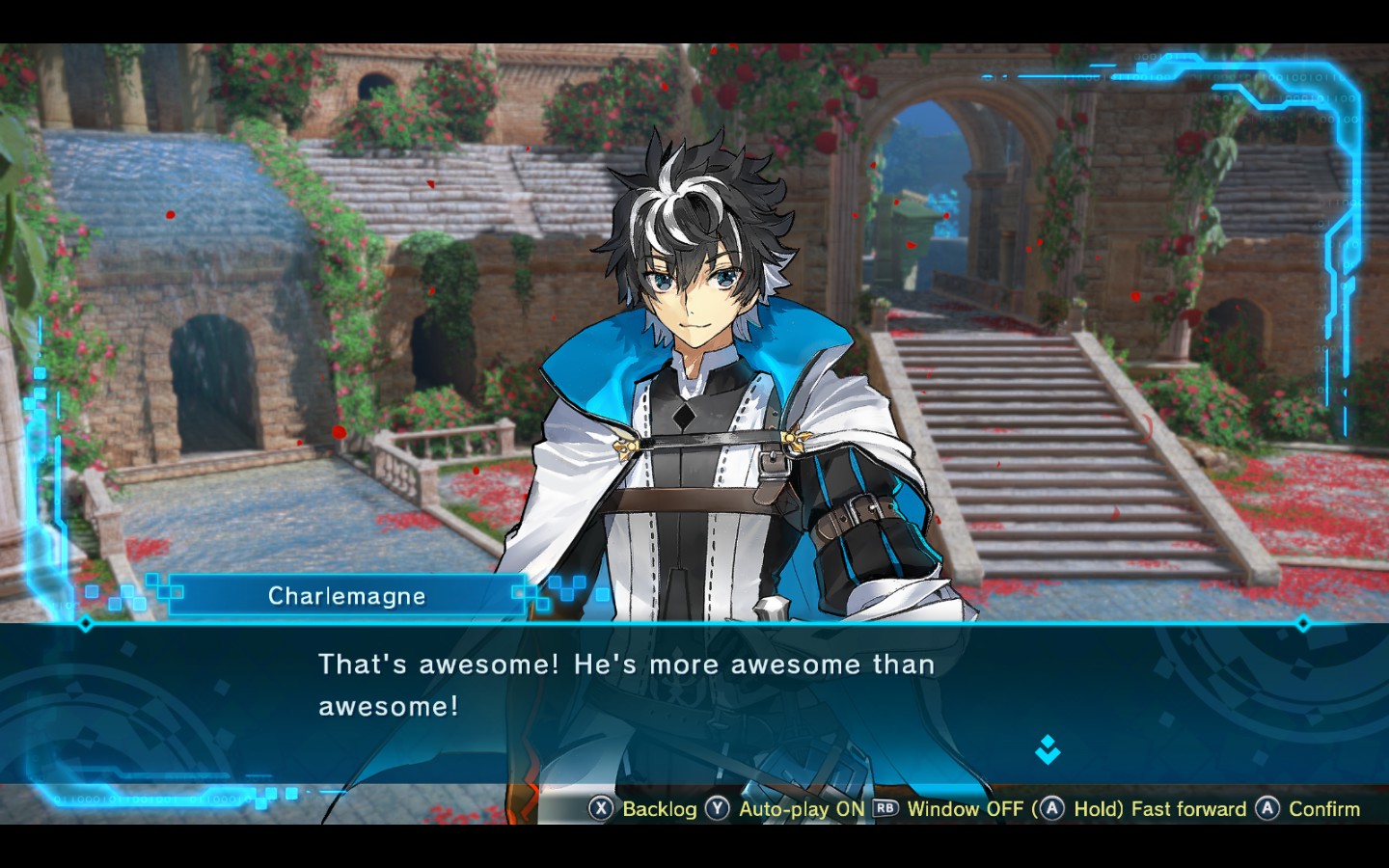
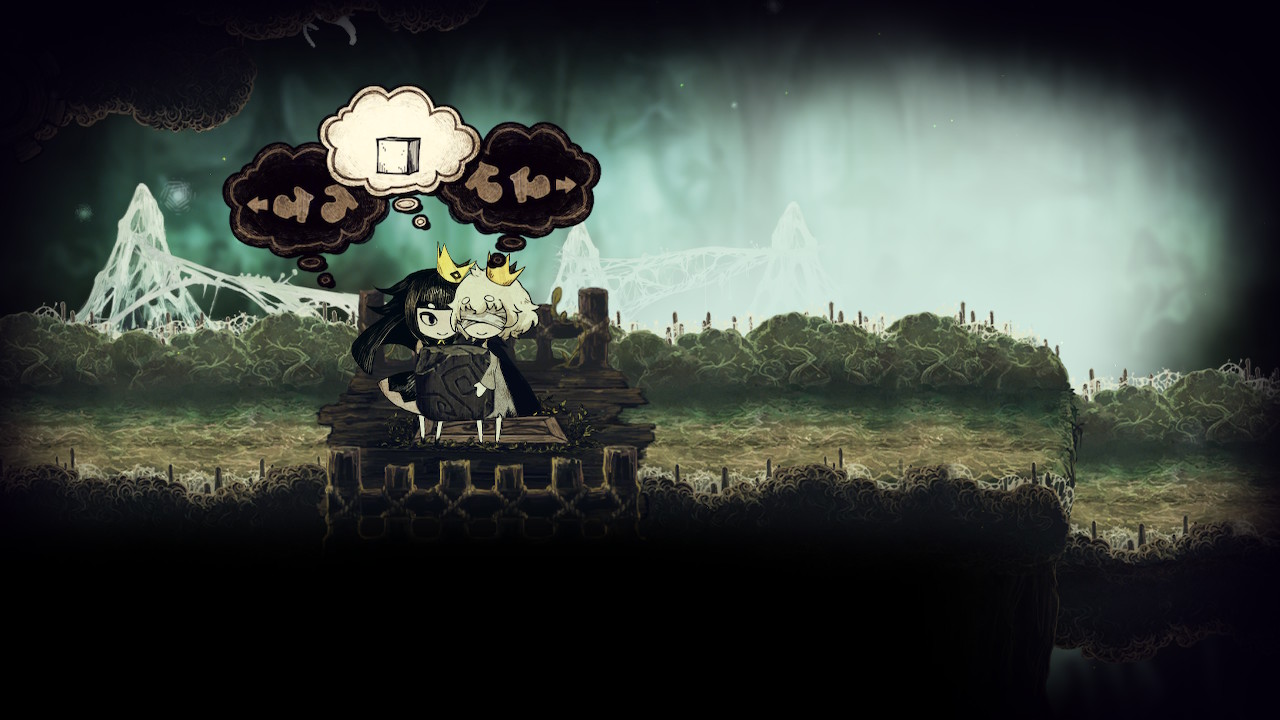
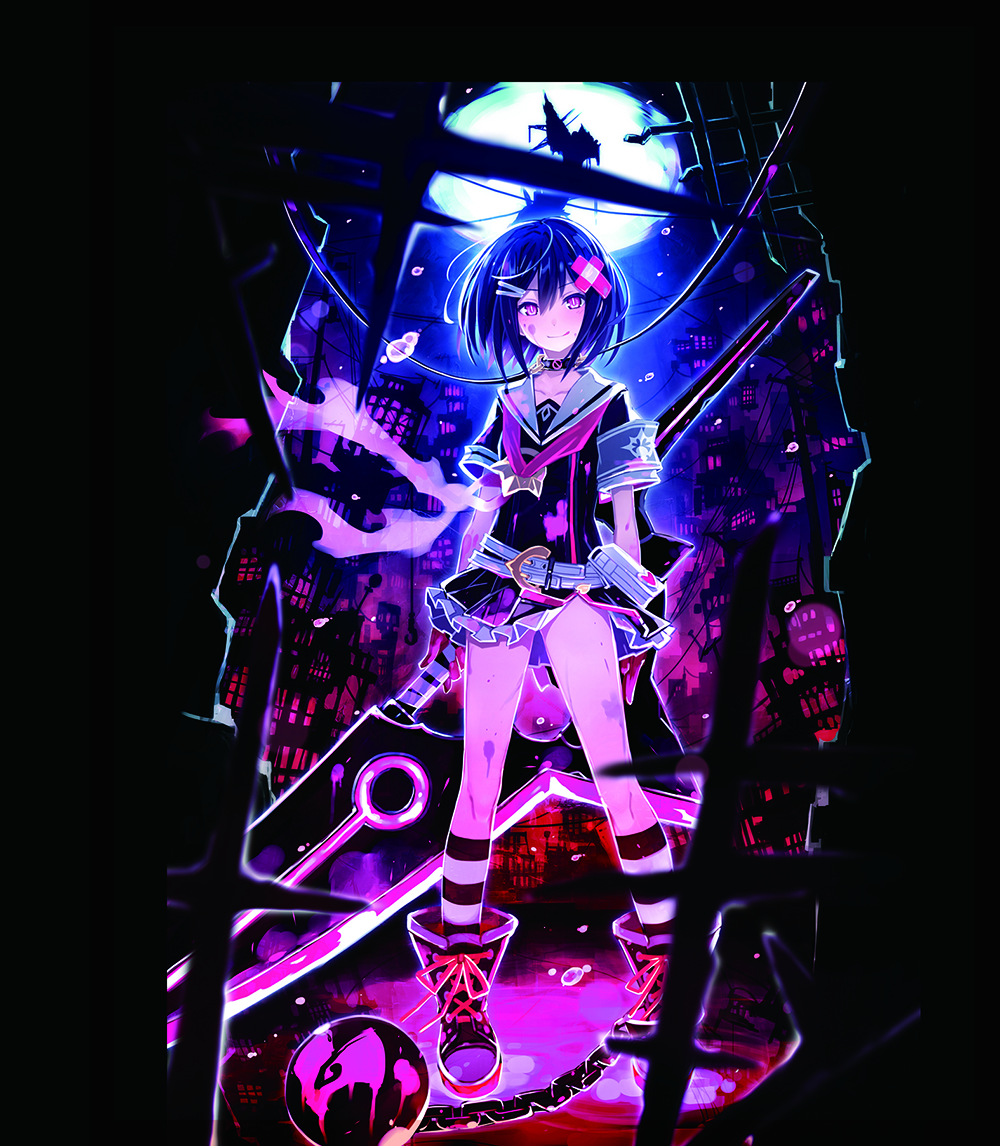
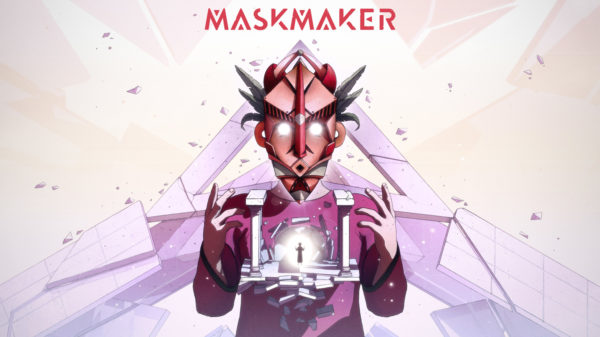
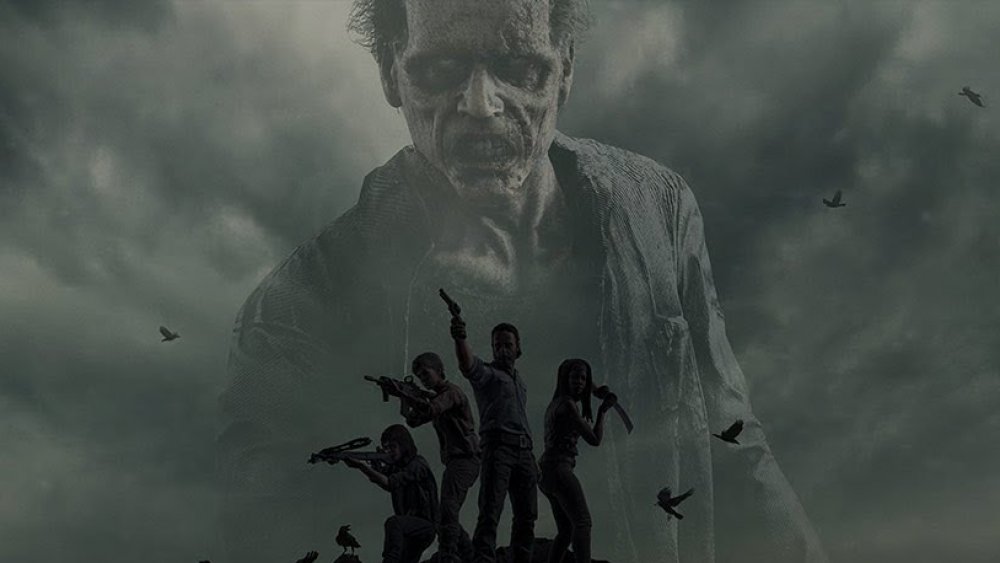

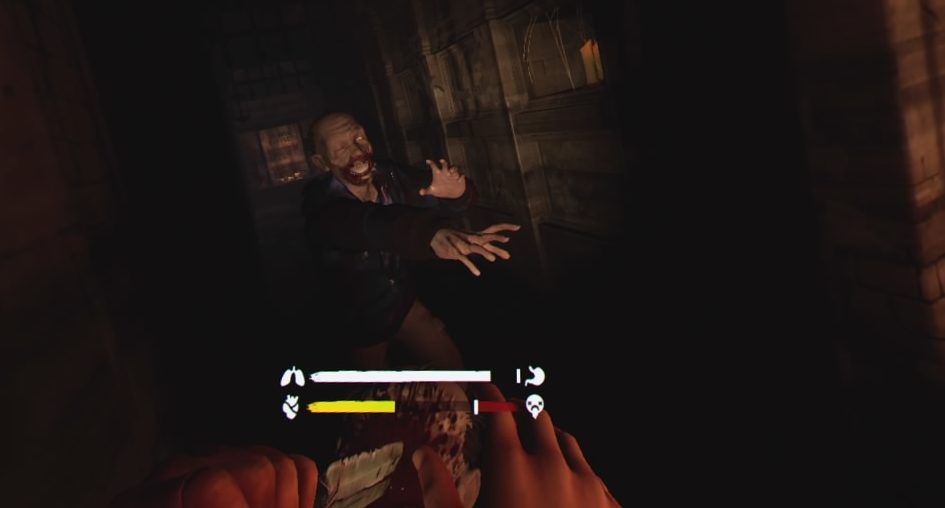
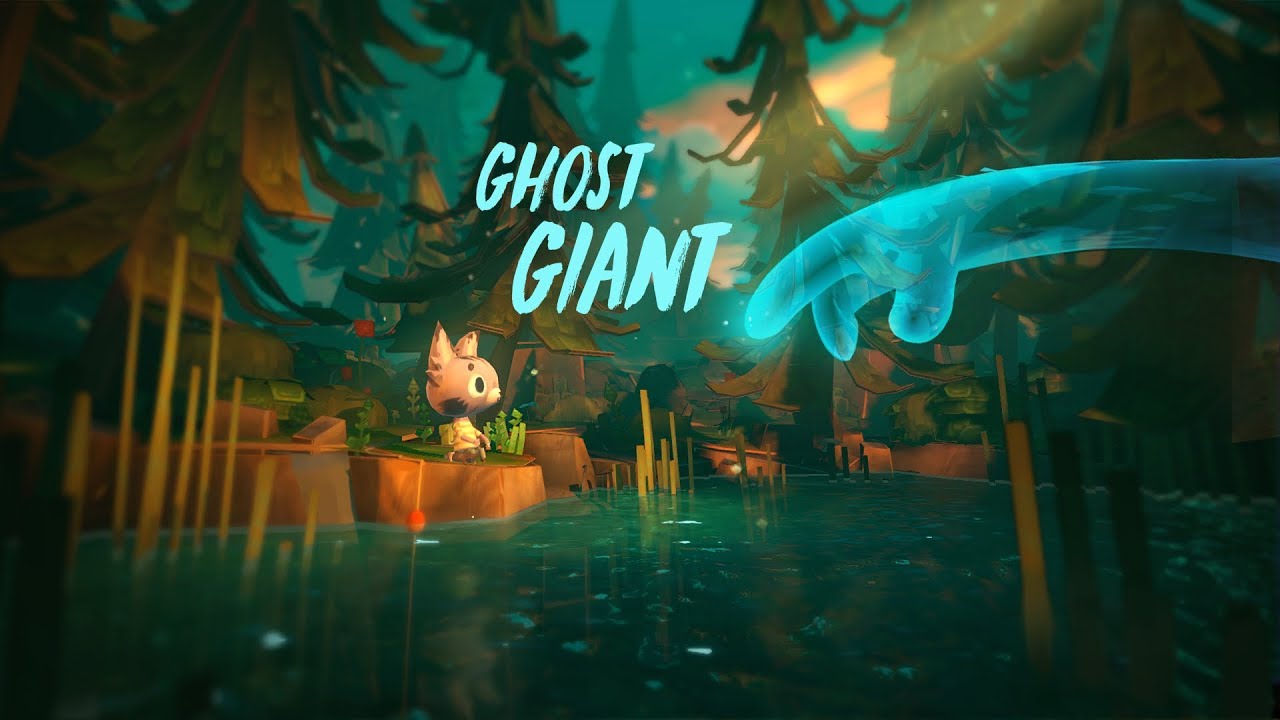
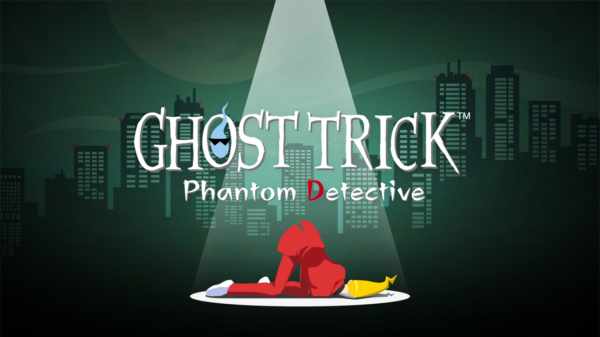
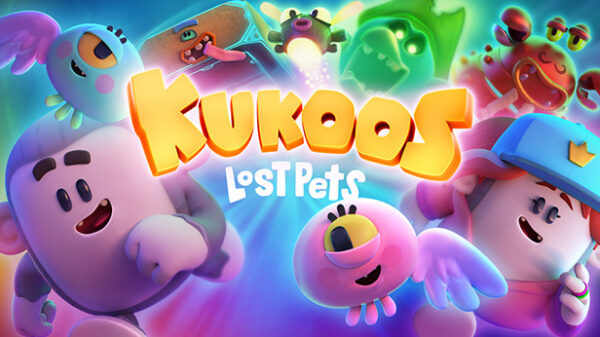
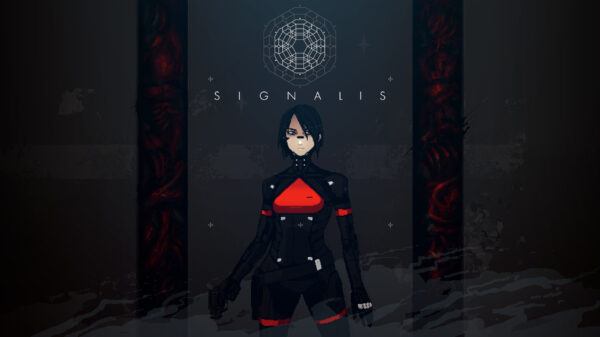
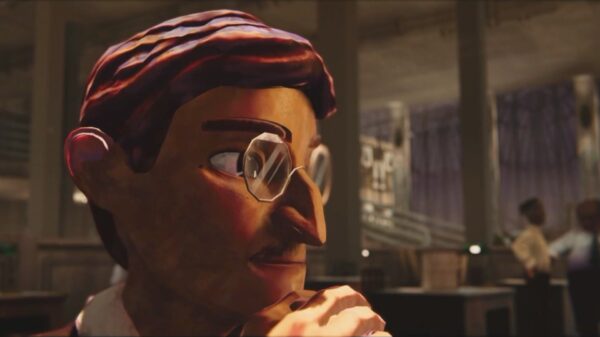

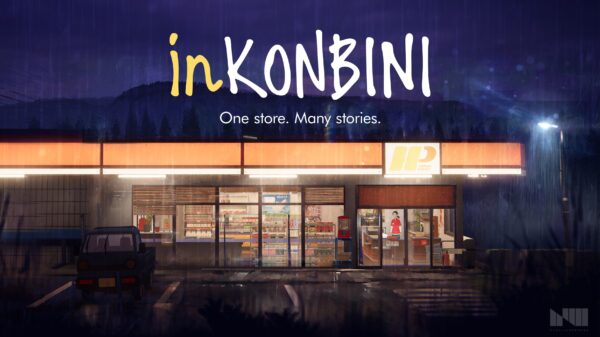
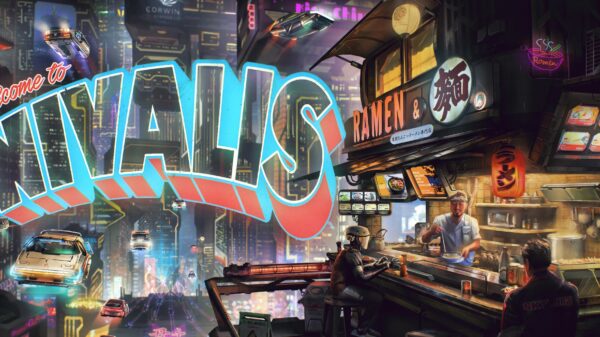
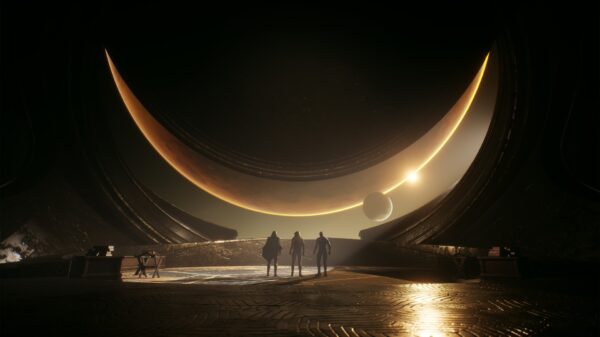
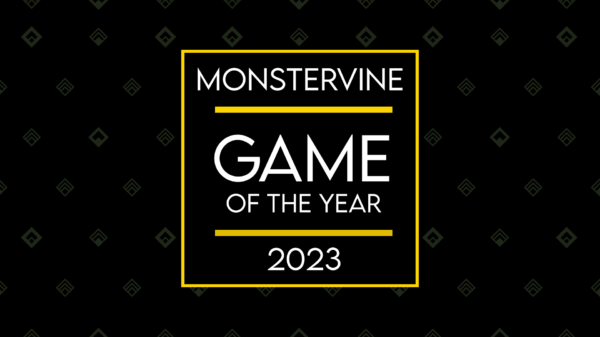
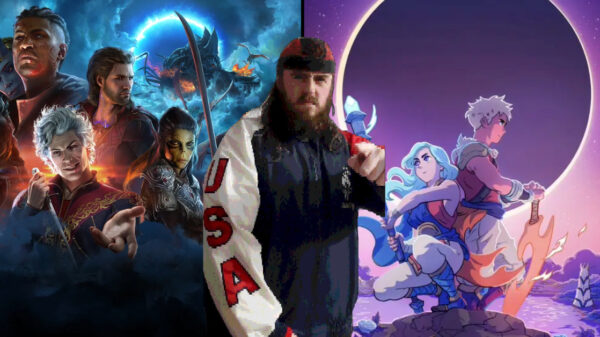
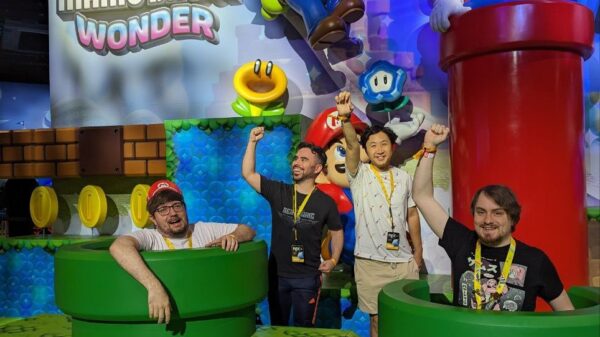
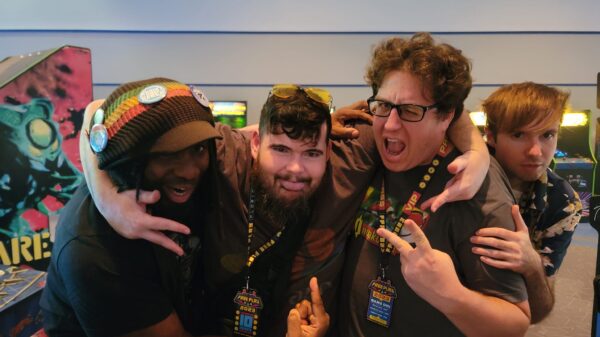
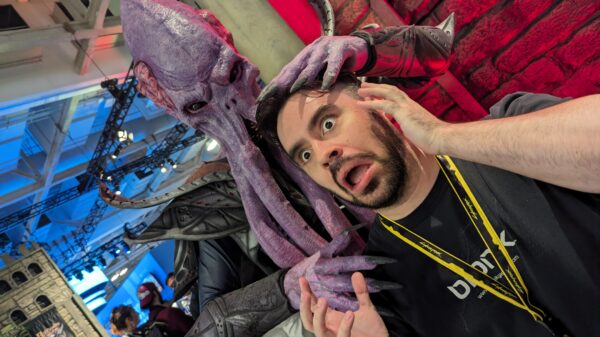
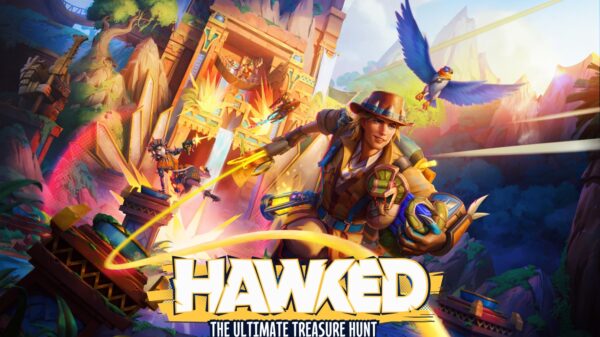
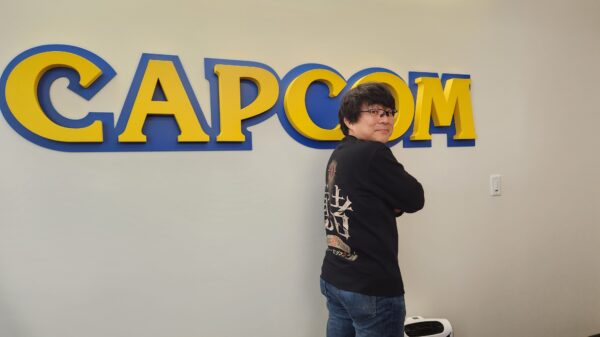

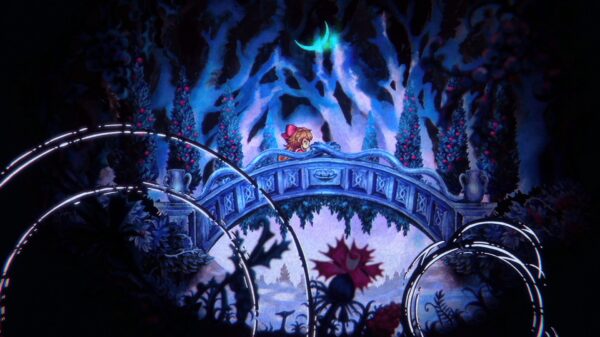

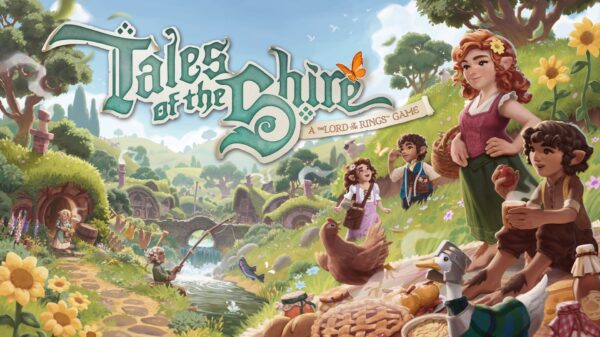

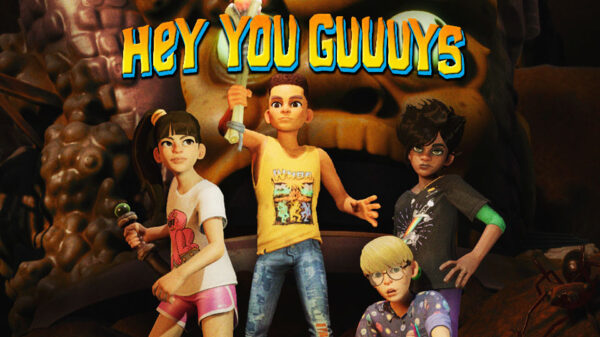
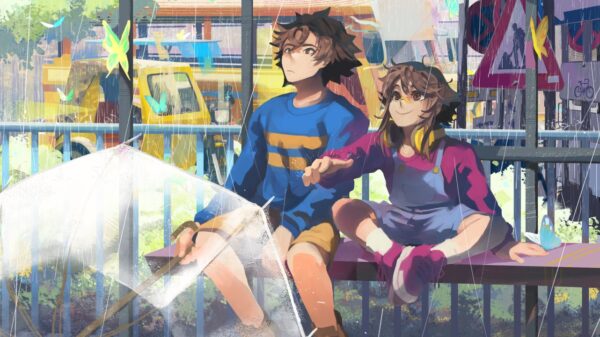
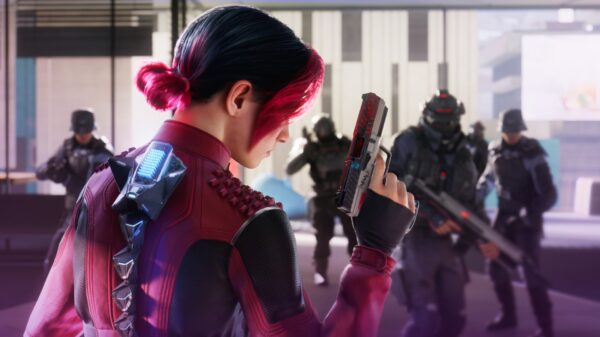
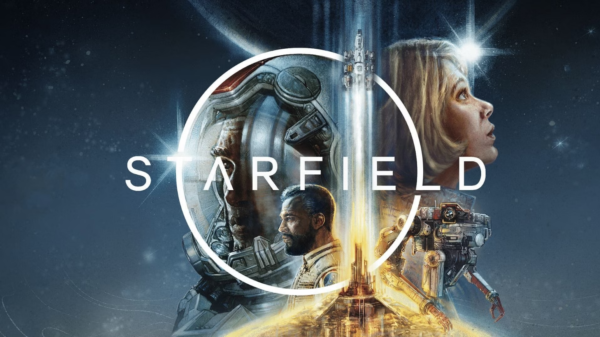
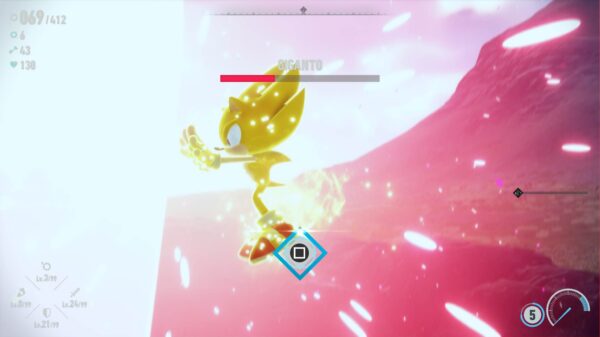
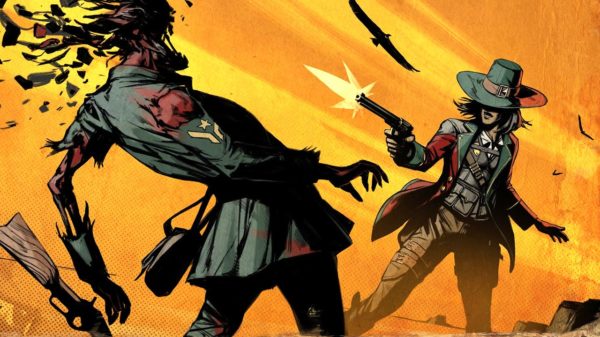
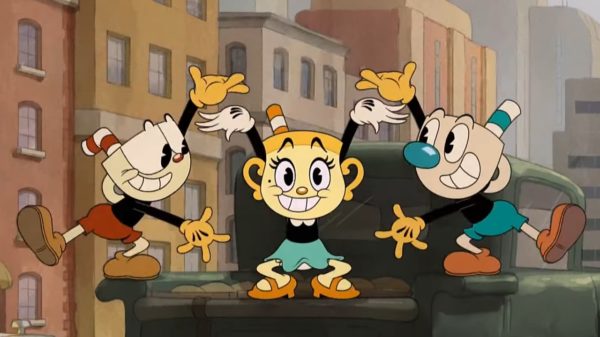
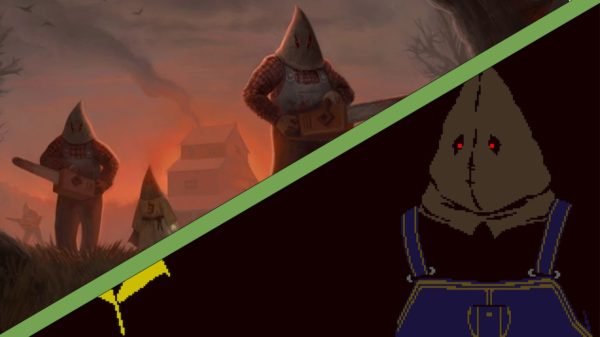
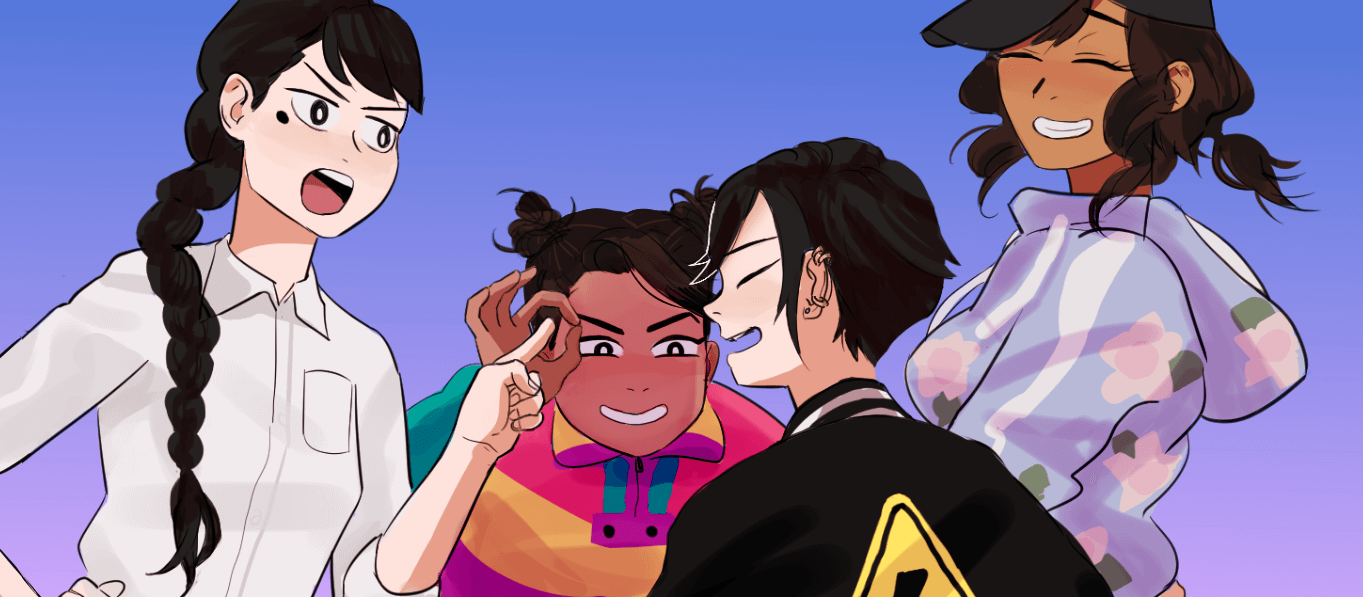
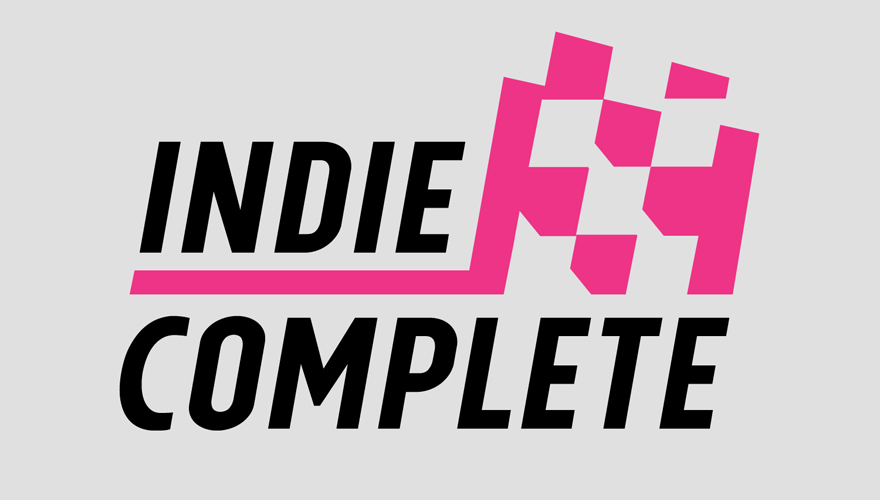




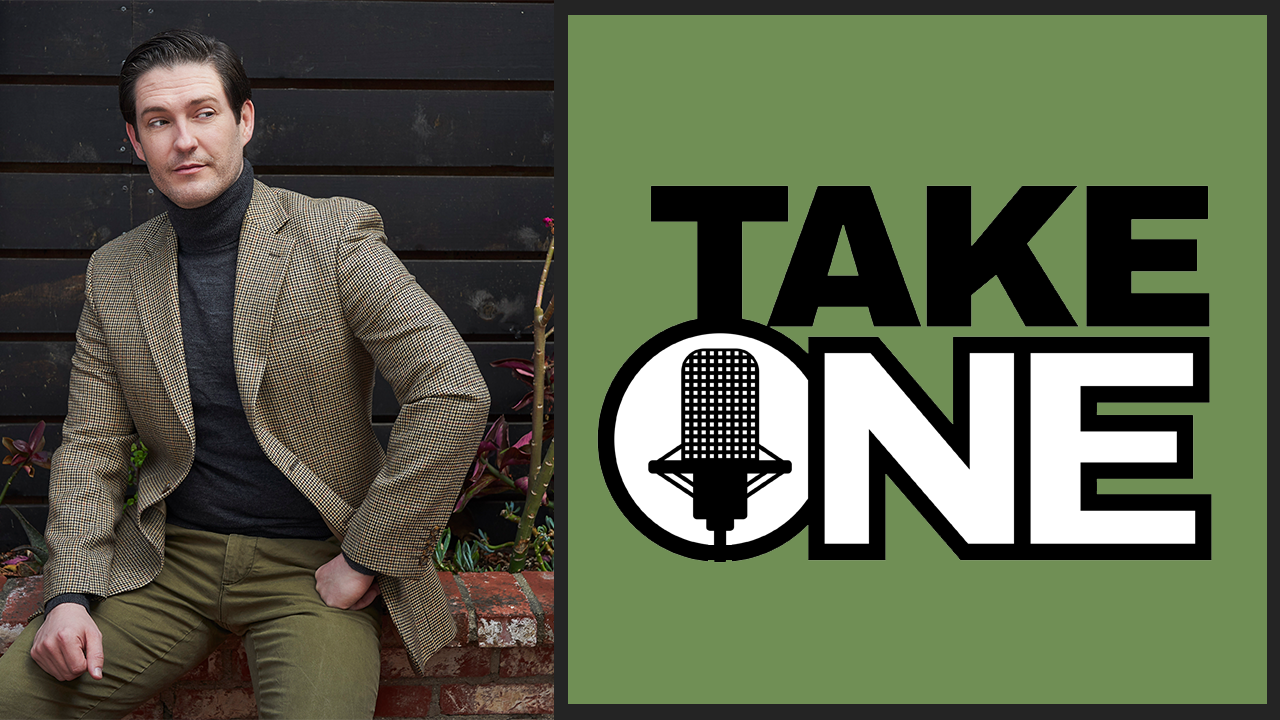
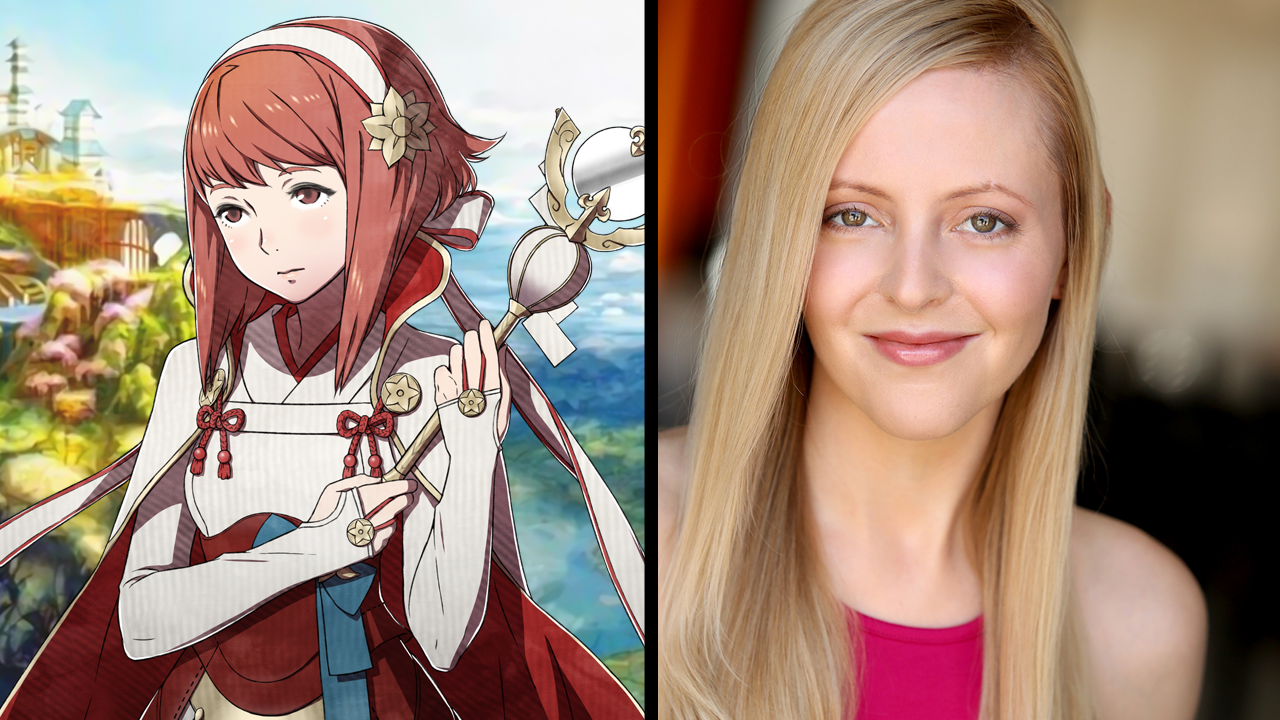

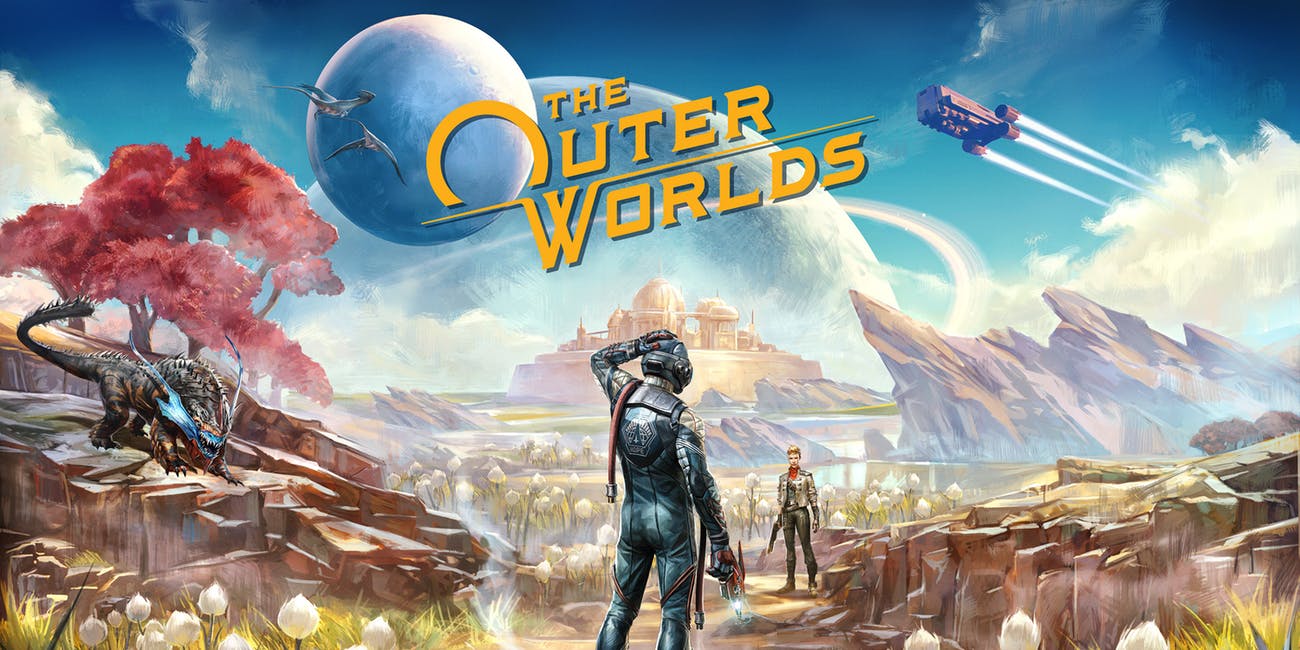
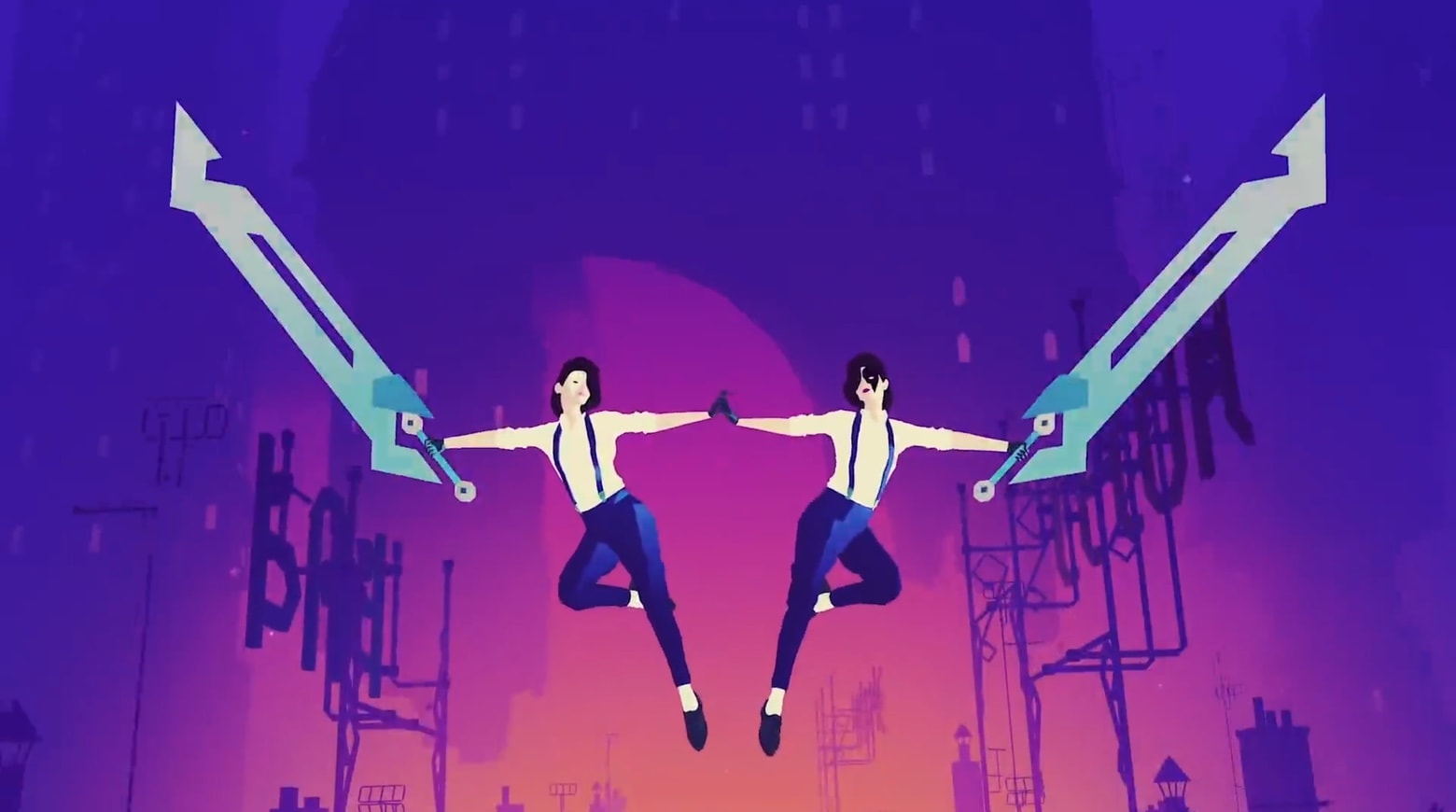
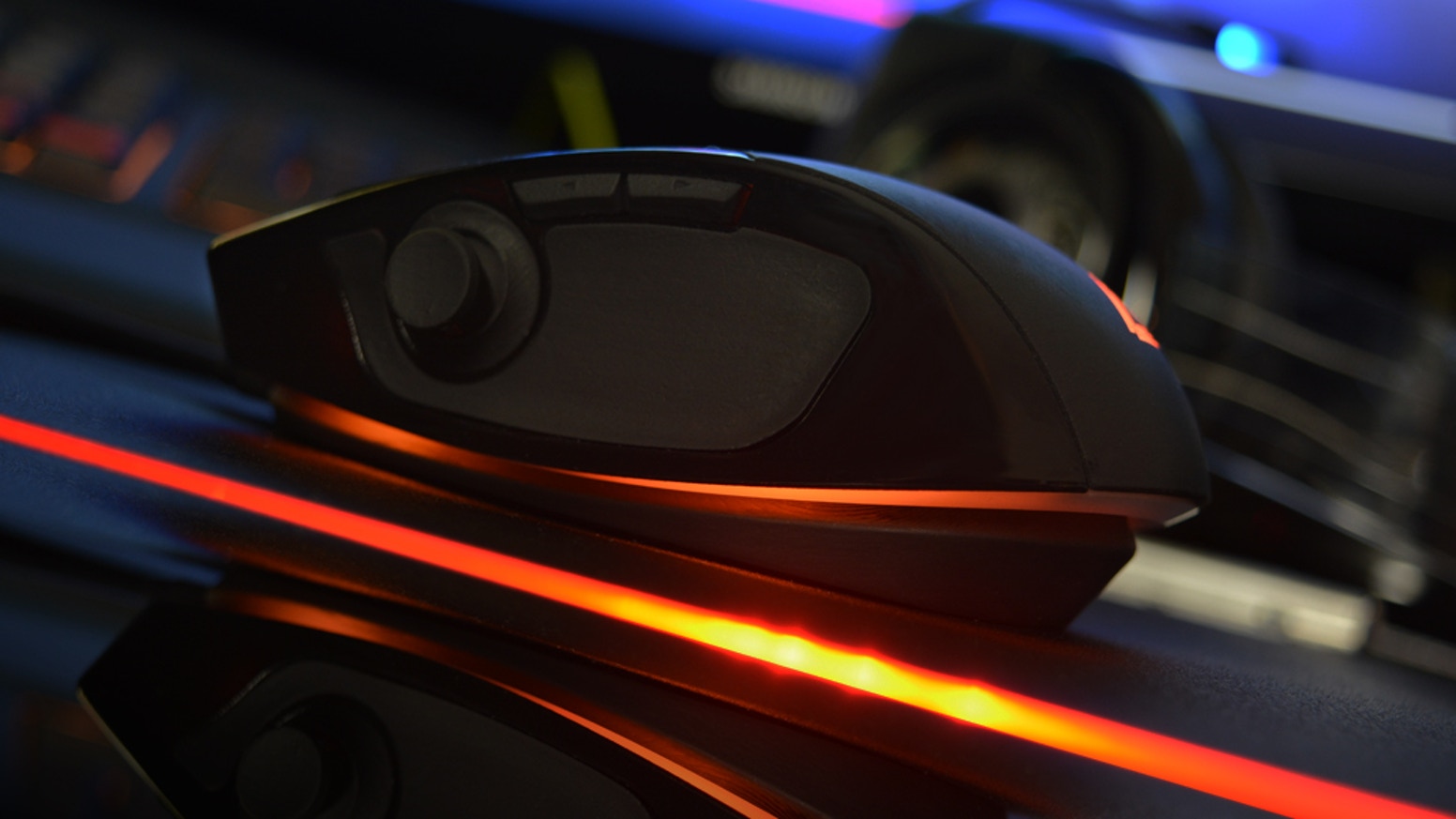

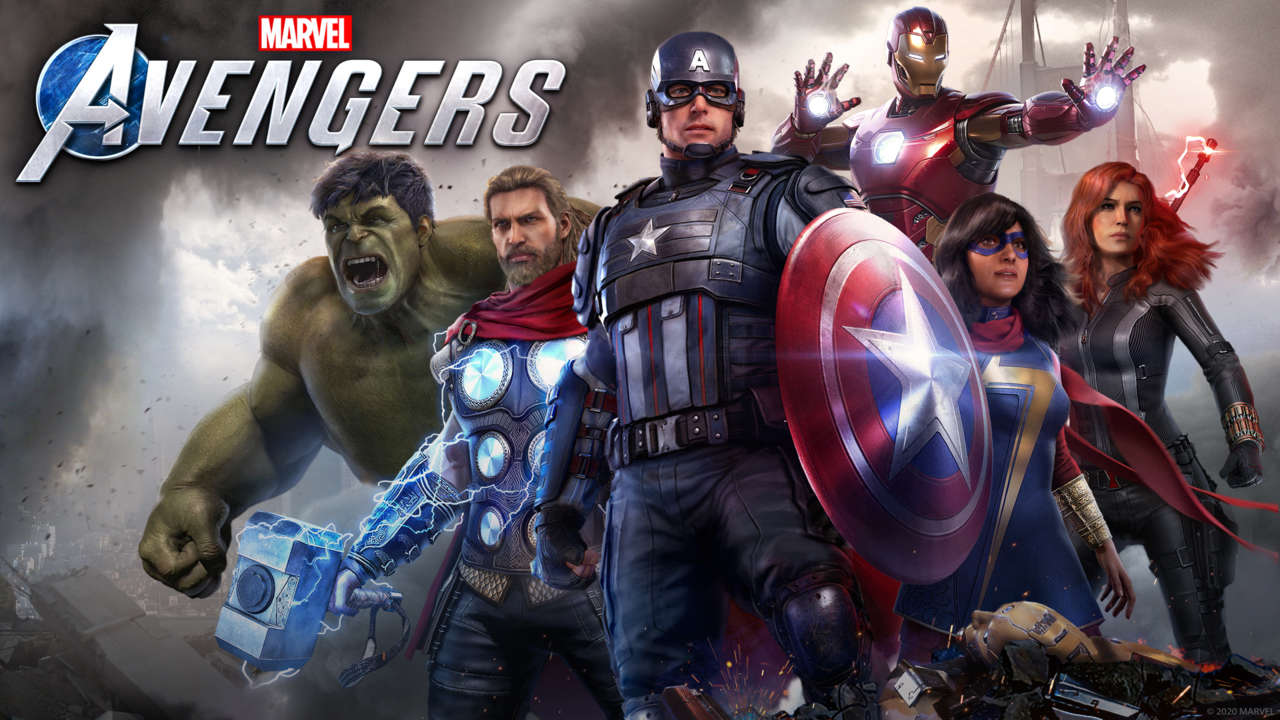
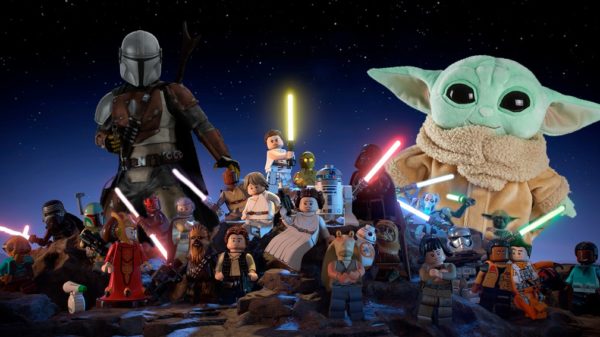
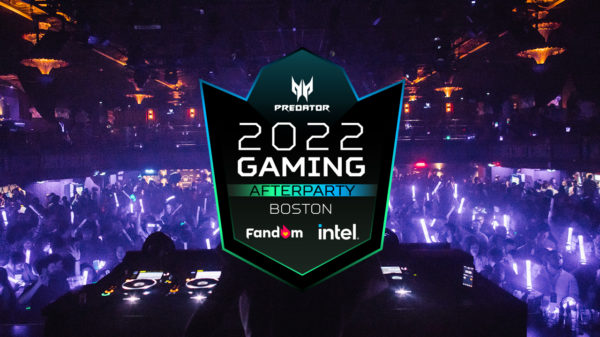

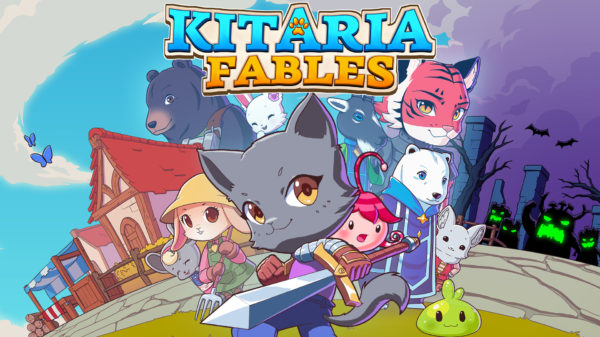
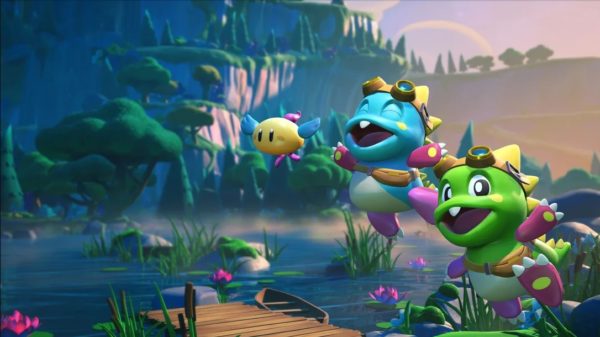
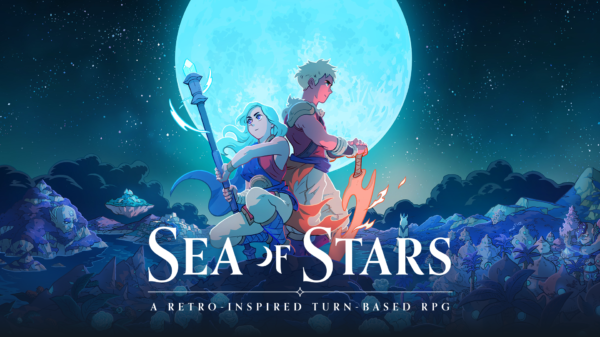
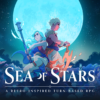

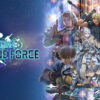
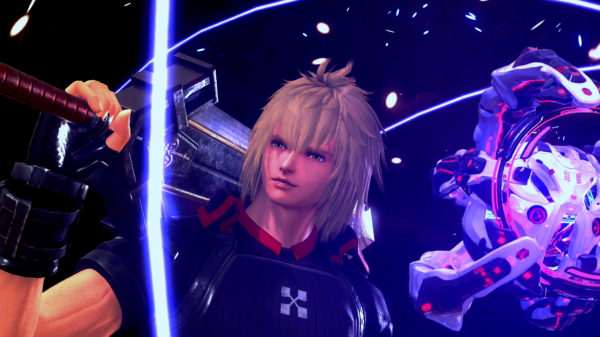

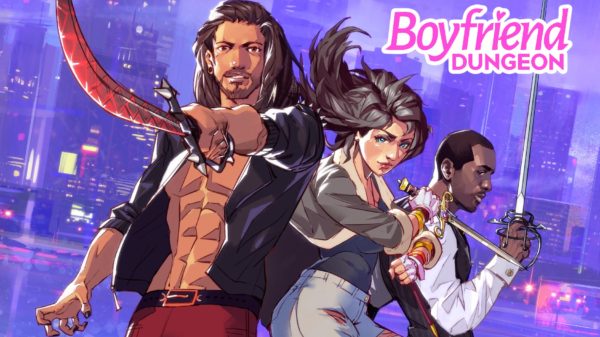

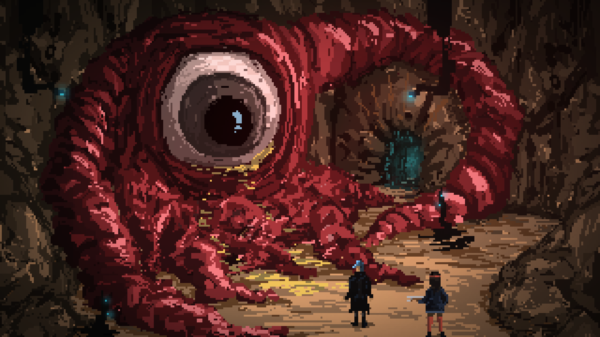
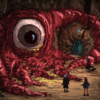
Pingback: Punch and Pie | MonsterVine